🌿 Into the Darién: My Two Weeks Living with the Embera Indians in Yaviza, Panama
At the southern edge of Panama, where the Pan-American Highway abruptly ends in the small town of Yaviza, the road gives way to one of the most mysterious and untamed regions on Earth: the Darién Gap. This dense jungle, stretching between Panama and Colombia, is infamous for its impenetrable terrain, rare wildlife, and geopolitical complexity. But beyond the headlines and warnings lies a world of deep cultural richness—one I had the rare opportunity to experience firsthand.
I spent two unforgettable weeks living among the Embera Indians, one of Panama’s most resilient and culturally vibrant indigenous groups. What I found was not just adventure, but connection, tradition, and a way of life that honors the land in ways the modern world has nearly forgotten.
🛶 Arrival in Yaviza: Gateway to the Wild
Yaviza is a town unlike any other. It marks the literal end of the road—the final paved stretch of the Pan-American Highway before it disappears into the Darién jungle. From here, the only way forward is by river. Dugout canoes, powered by long poles or small motors, become the vehicles of choice, winding through the Tuira, Chucunaque, and Turquesa Rivers—arteries of life that connect remote villages and communities.
It was from Yaviza that I began my journey into the jungle, traveling upriver to an Embera village nestled deep in the rainforest. The transition from asphalt to water, from noise to silence, was immediate and profound.
🧬 The Embera Indians: Keepers of the Forest
The Embera are one of Panama’s largest indigenous groups, with communities spread throughout the Darién and along the rivers that feed into the Amazonian basin. Their name means “people,” and their identity is deeply tied to the land, the river, and the forest.
Living among the Embera for two weeks was a transformative experience. I was welcomed not as a tourist, but as a guest—invited to share meals, stories, and daily life. Their hospitality was matched only by their pride in their heritage.
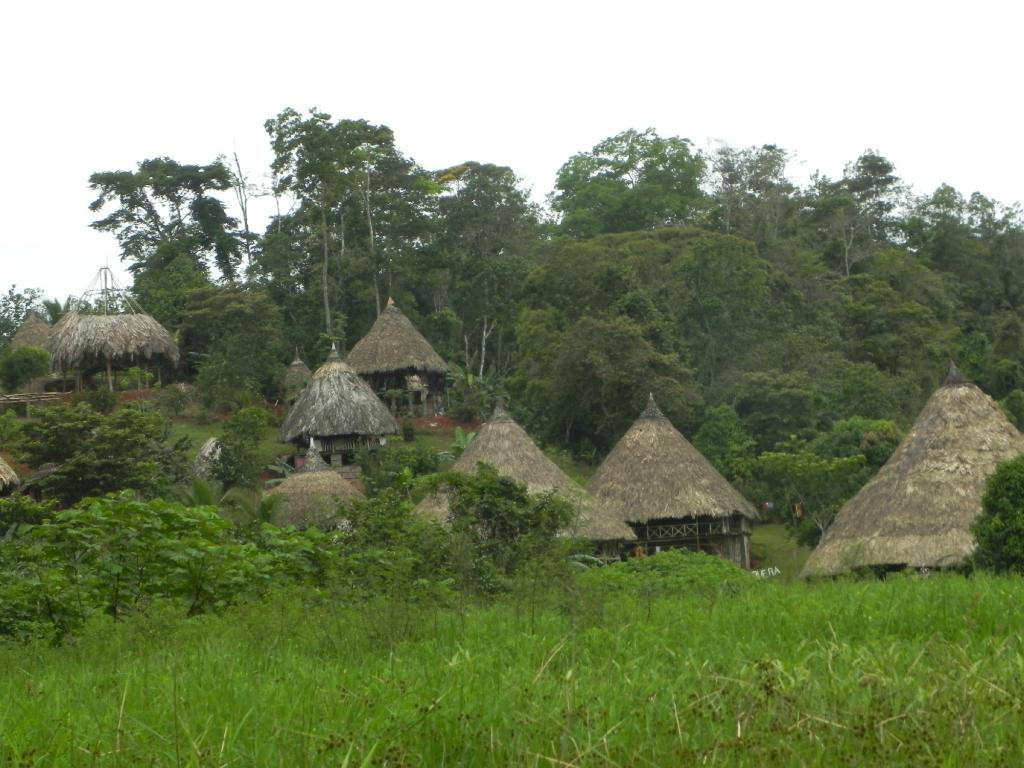
🏠 Daily Life and Traditions
- Homes are built on stilts to protect against flooding and wildlife. They are open-air structures made from palm wood and thatch, allowing for ventilation and connection to nature.
- Food is sourced from the river and forest: fish, plantains, yucca, and tropical fruits. Meals are cooked over open fires, often shared communally.
- Clothing is minimal and functional. Women wear brightly colored wrap skirts called parumas, while men often wear loincloths or shorts. Both adorn themselves with intricate beadwork and body paint.
🎨 Art and Expression
One of the most striking aspects of Embera culture is their use of jagua, a natural ink derived from a fruit, used for temporary tattoos and ceremonial body painting. Designs are bold, geometric, and symbolic—representing protection, identity, and spiritual connection.
Their craftsmanship is world-renowned. Embera women weave baskets from palm fibers with astonishing precision, often dyed with natural pigments. Men carve figures and masks from cocobolo wood, a dense, richly colored hardwood native to the region.
🎶 Music and Dance
Evenings in the village were often filled with music. The Embera play traditional instruments like flutes and drums, creating rhythms that echo through the forest. Dance is communal and expressive, often performed during celebrations or rituals. I was invited to participate—awkward at first, but eventually swept up in the joy and movement.
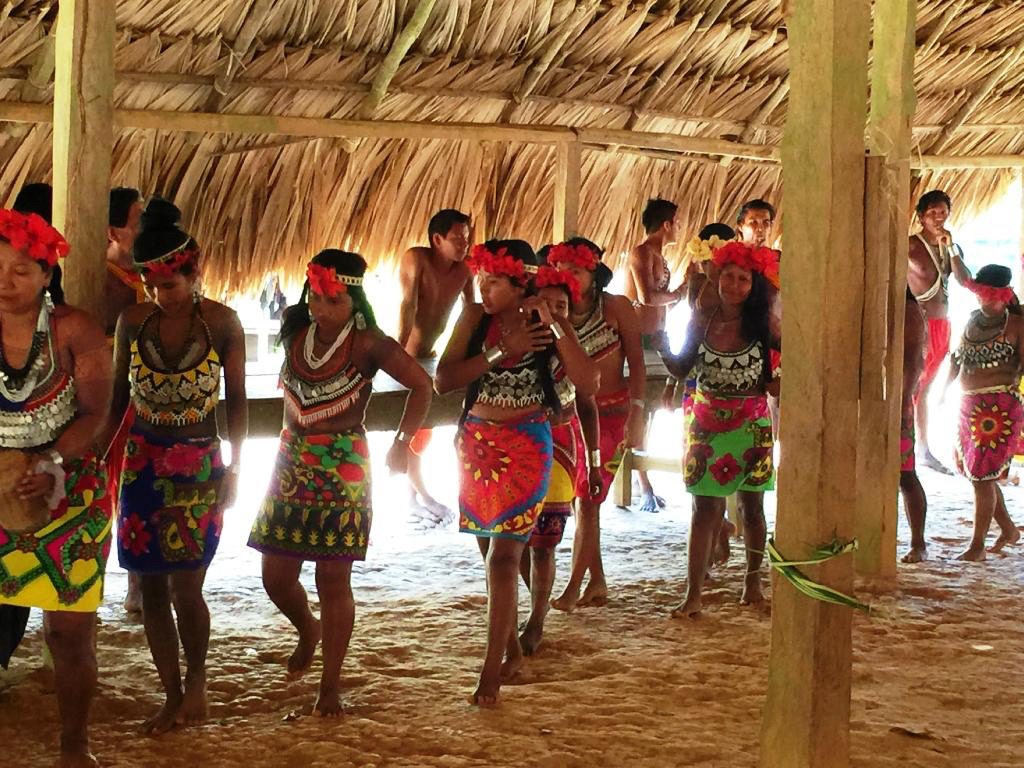

🧠 Language and Storytelling
The Embera speak their own language, distinct from Spanish, though many are bilingual. Storytelling is central to their culture—oral histories passed down through generations. I sat with elders who spoke of forest spirits, ancestral journeys, and the changing world around them. Their stories were poetic, layered, and deeply rooted in place.
🌳 Living in the Darién Gap: Beauty and Brutality
The Darién Gap is one of the last truly wild places on Earth. It’s a biological hotspot, home to jaguars, harpy eagles, tapirs, and poison dart frogs. The forest is dense, humid, and alive with sound—howler monkeys at dawn, frogs at dusk, and the constant rustle of unseen creatures.
But it’s also a place of danger:
- Terrain is unforgiving—steep ridges, swamps, and thick undergrowth make travel difficult.
- Health risks include malaria, dengue fever, and snake bites.
- Geopolitical instability: The region is known for drug trafficking routes, paramilitary activity, and increasingly, migrant crossings. Thousands of people risk their lives each year trying to traverse the jungle in hopes of reaching North America.
I stayed within Embera territory, where local knowledge and community protection made the experience safe. But the sense of isolation and vulnerability was real—and humbling.
🌊 Rivers as Lifelines
Though the Amazon River itself doesn’t reach Panama, the rivers of the Darién are part of the greater Amazonian ecosystem. They are highways, food sources, and spiritual symbols.
Each day, we traveled by canoe—visiting neighboring villages, fishing, bathing, and simply drifting. The river was our clock, our road, and our companion.
🛑 Should You Go?
Visiting the Darién Gap is not for the faint of heart. It’s a place for those seeking deep connection, raw adventure, and profound respect for indigenous life. If you go:
- Travel with experienced, local guides.
- Respect Embera customs and ask permission before photographing or recording.
- Be physically and mentally prepared for isolation, humidity, and unpredictable conditions.
- Understand the humanitarian and environmental complexities of the region.
For most travelers, visiting Yaviza and nearby Embera villages offers a safer, meaningful way to experience the edge of the Darién without venturing into its most dangerous depths.
🌿 Travel Guide: Living with the Embera in Yaviza, Panama
A Two-Week Immersion into the Heart of the Darién Gap
1. Introduction: Why the Darién Gap?
The Darién Gap is one of the last truly wild places on Earth. Stretching between Panama and Colombia, this dense jungle is infamous for its lack of roads, its rich biodiversity, and its reputation as one of the most dangerous regions in the Americas. But beyond the headlines lies a world of deep cultural richness and natural wonder.
At the edge of this wilderness sits Yaviza, a small town marking the end of the Pan-American Highway. From here, the jungle takes over—and so does a way of life that’s been preserved for centuries by the Embera Indians, one of Panama’s largest and most resilient indigenous groups.
I was fortunate enough to spend two weeks living among the Embera, and this guide is built from that experience. It’s for travelers seeking connection, adventure, and a deeper understanding of a world few ever see.
2. Getting There
Starting Point: Panama City
Destination: Yaviza, Darién Province
- By Bus: Take a long-distance bus from Panama City to Metetí (approx. 6–7 hours). From Metetí, transfer to a local bus or shared taxi to Yaviza (1–2 hours).
- By Boat: From Yaviza, travel upriver by dugout canoe to reach Embera villages. These journeys can take several hours depending on water levels and destination.
- Permits & Safety: You’ll need permission from local authorities and Embera leaders to enter certain areas. Travel with a trusted guide or organization familiar with the region.
3. Embera Culture and Village Life
Living with the Embera is not a tourist experience—it’s an immersion. Their way of life is deeply tied to the forest, the river, and ancestral traditions.
🏠 Daily Life
- Homes: Built on stilts with open sides and thatched roofs, Embera houses are designed for airflow and protection from flooding.
- Food: Meals are simple and fresh—fish from the river, plantains, yucca, and tropical fruits. Cooking is done over open fires, and meals are shared communally.
- Bathing & Hygiene: The river serves as a bath, laundry, and water source. Expect to bathe in nature, often alongside others.
🎨 Art and Expression
- Jagua Tattoos: Temporary body art made from the jagua fruit is used for decoration and spiritual protection. Designs are bold and geometric.
- Crafts: Embera women weave intricate baskets dyed with natural pigments. Men carve masks and figures from cocobolo wood.
- Clothing: Women wear colorful parumas (wrap skirts), and both men and women adorn themselves with beads and body paint.
🎶 Music and Dance
- Instruments: Drums and flutes are central to Embera music. Rhythms are hypnotic and often accompany storytelling or rituals.
- Dance: Performed in circles, dances are communal and celebratory. I was invited to join—an unforgettable moment of joy and connection.
🧠 Language and Storytelling
- Language: The Embera speak their own language, though many also speak Spanish. Communication is warm and expressive.
- Stories: Elders share oral histories about forest spirits, creation myths, and ancestral journeys. These stories are poetic and deeply rooted in place.
4. Nature and Wildlife
The Darién is part of the greater Amazonian ecosystem and one of the most biodiverse regions in the world.
🐾 Animals You Might Encounter
- Jaguars (rarely seen, but present)
- Harpy eagles
- Poison dart frogs
- Tapirs
- Capuchin and howler monkeys
- Snakes, caimans, and anacondas
🌳 Flora
- Ceiba trees, towering and sacred
- Medicinal plants, used by Embera healers
- Orchids and bromeliads, thriving in the canopy
The jungle is alive with sound—frogs at dusk, monkeys at dawn, and the constant rustle of unseen creatures.
5. Risks and Realities
The Darién Gap is beautiful, but it’s not without danger.
⚠️ Physical Risks
- Terrain: Steep ridges, swamps, and thick undergrowth.
- Health: Malaria, dengue fever, and snake bites are real threats.
- Weather: Humidity often exceeds 90%, with frequent downpours.
⚠️ Security Risks
- Criminal Activity: The region is known for drug trafficking and paramilitary presence, especially near the Colombian border.
- Migration Crisis: Thousands of migrants cross the Darién each year, facing extreme hardship. Humanitarian aid is limited.
🛡️ Safety Tips
- Travel only with experienced guides.
- Stay within Embera territory or approved zones.
- Carry water purification tablets, insect repellent, and a satellite communicator if possible.
- Respect local customs and avoid venturing into restricted areas.
6. Sample Itinerary: Two Weeks with the Embera
Day 1–2:
Arrive in Yaviza, meet guides, travel upriver to Embera village.
Day 3–5:
Settle into village life. Learn about jagua tattoos, help with fishing, and join communal meals.
Day 6–8:
Participate in craft-making, storytelling sessions, and traditional dances. Explore nearby jungle trails with local guides.
Day 9–11:
Visit neighboring villages by canoe. Observe wildlife, swim in the river, and learn about medicinal plants.
Day 12–14:
Reflect, share stories, and prepare for departure. Participate in a farewell ceremony or communal feast.
7. Final Thoughts
My time with the Embera was more than a journey—it was a transformation. I didn’t just observe their way of life; I lived it. I learned how to listen to the forest, how to move with the river, and how to see the world through a lens of reverence and resilience.
Yaviza may be the end of the road, but for me, it was the beginning of a story I’ll carry forever. The Embera people taught me that tradition isn’t static—it’s alive, adaptive, and deeply rooted in place. And the Darién Gap, for all its danger and mystery, remains one of the last places where that truth still thrives.
If you’re ready to explore a world few ever see, and you’re willing to do so with humility, curiosity, and respect—this guide is your invitation. Let me know if you’d like help planning your own journey or connecting with trusted guides and organizations. The jungle is waiting.
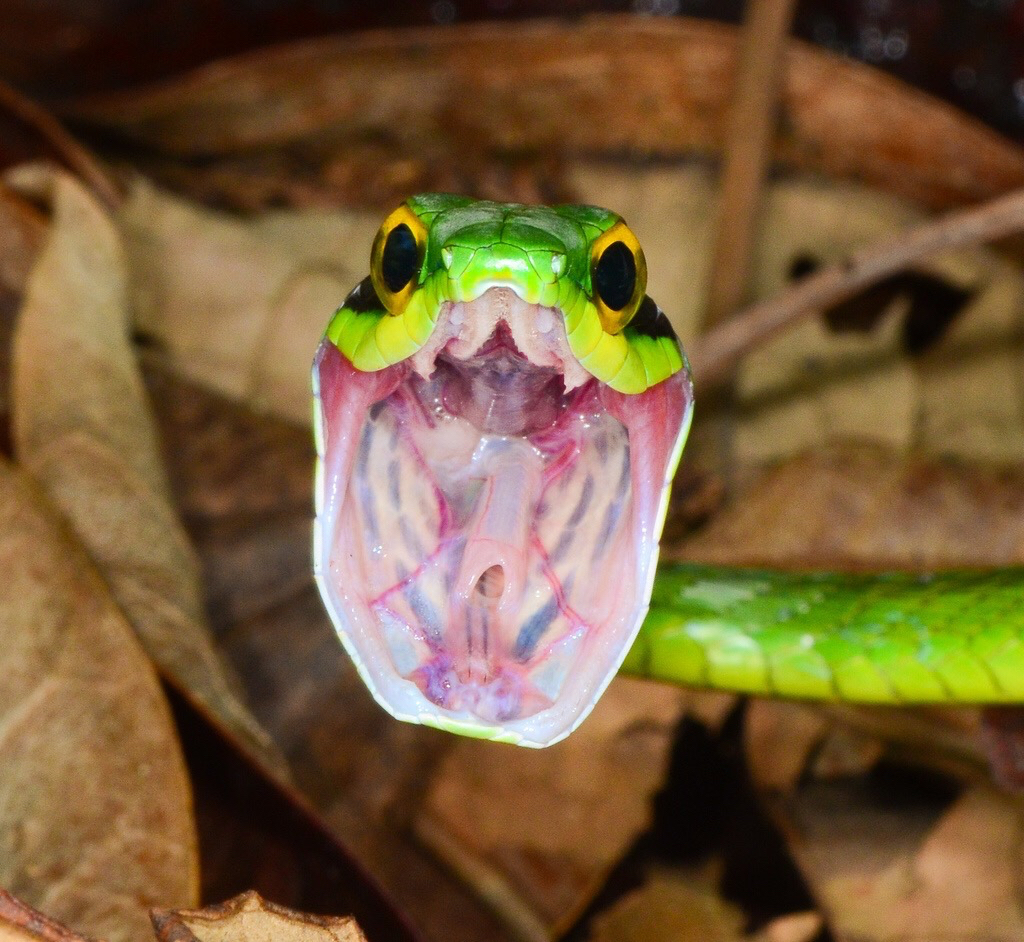

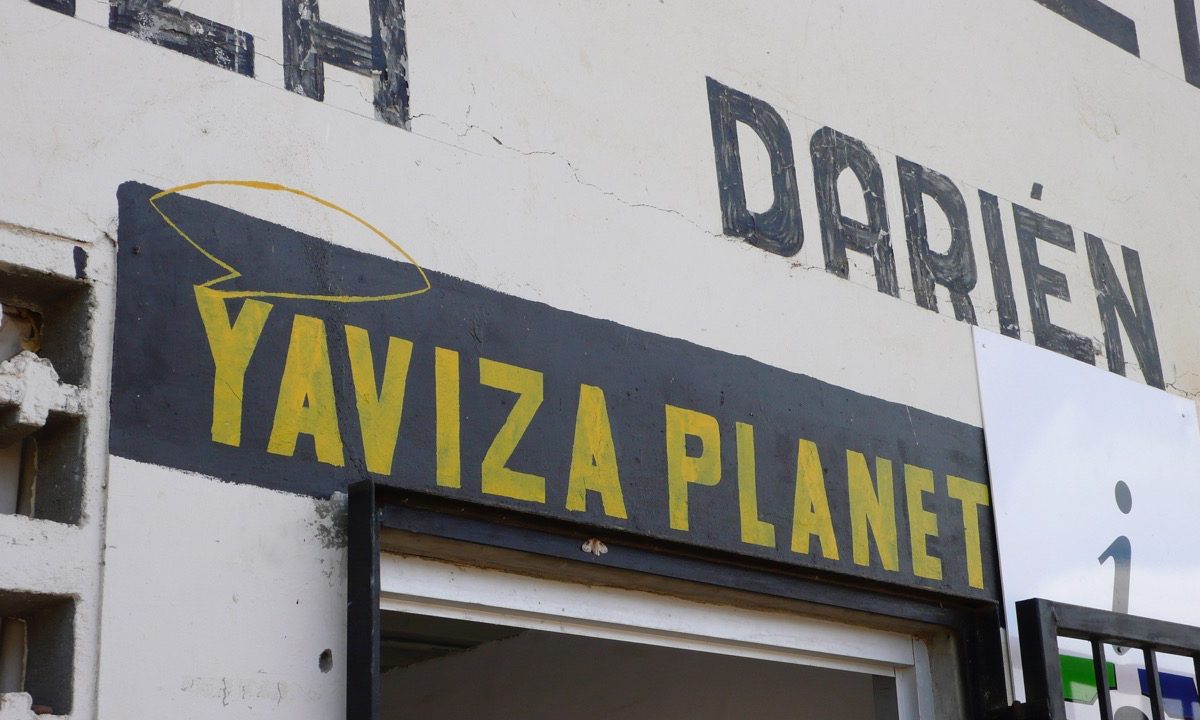
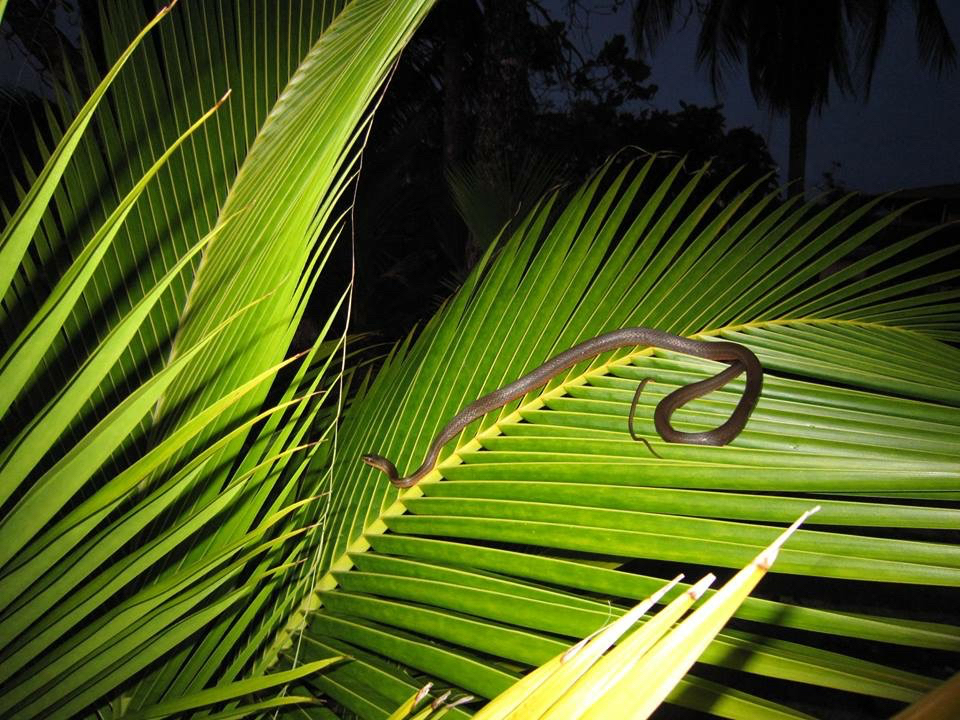
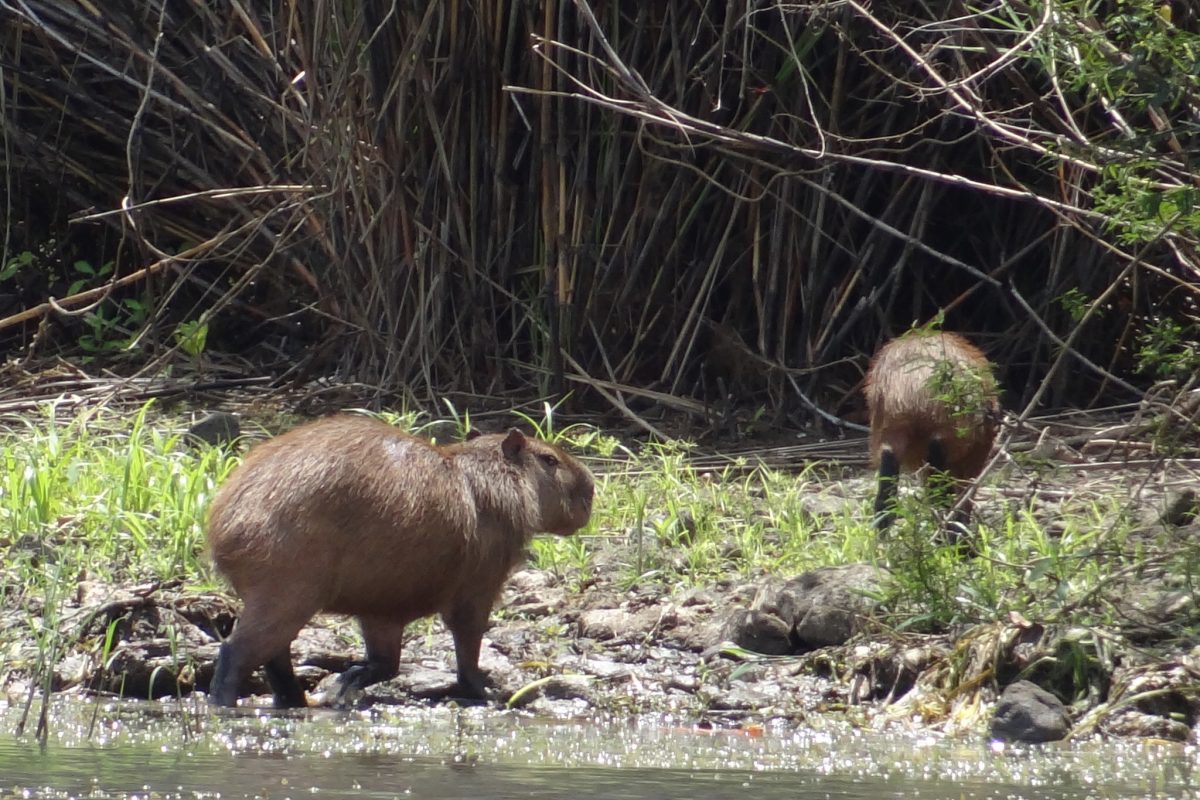
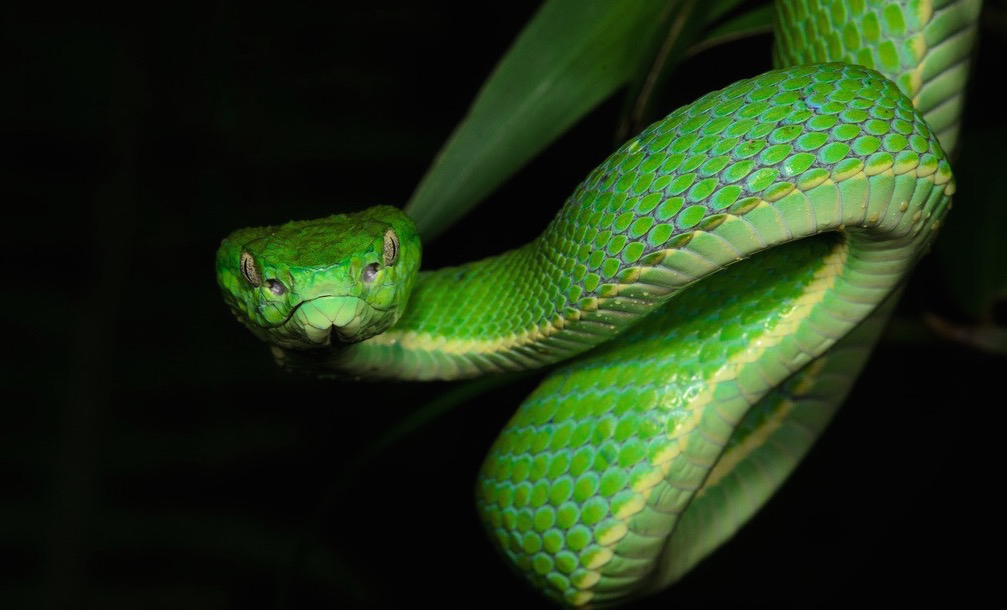
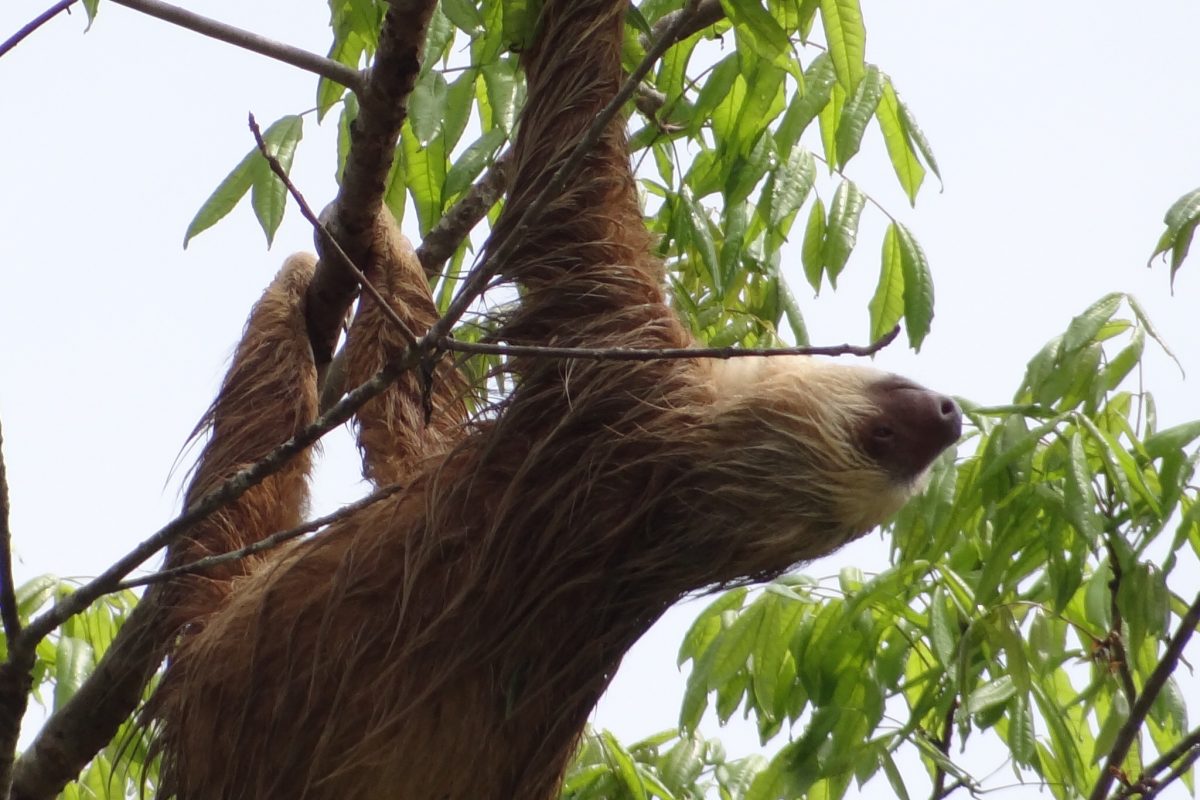
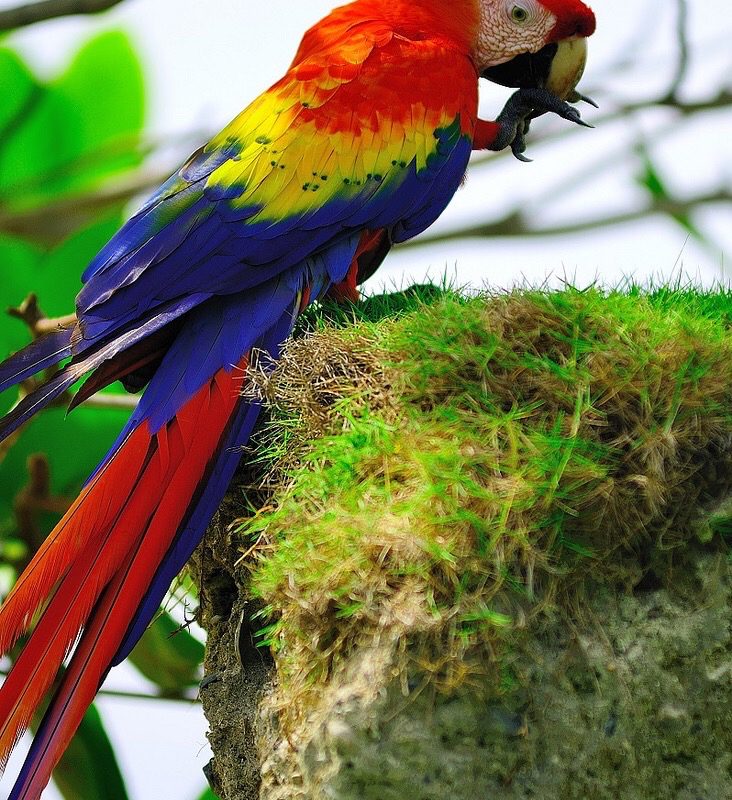
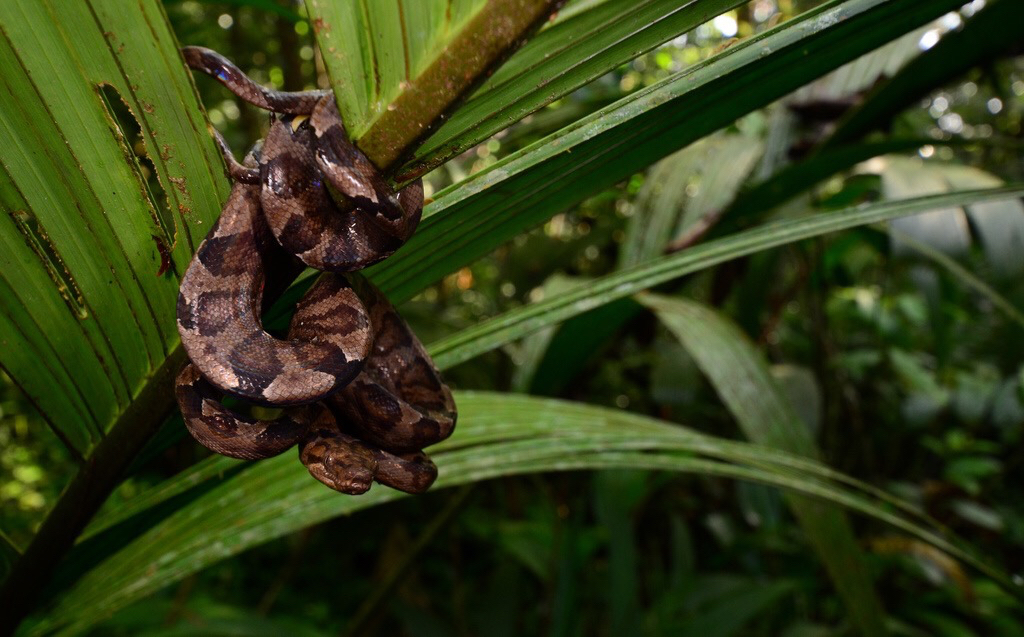
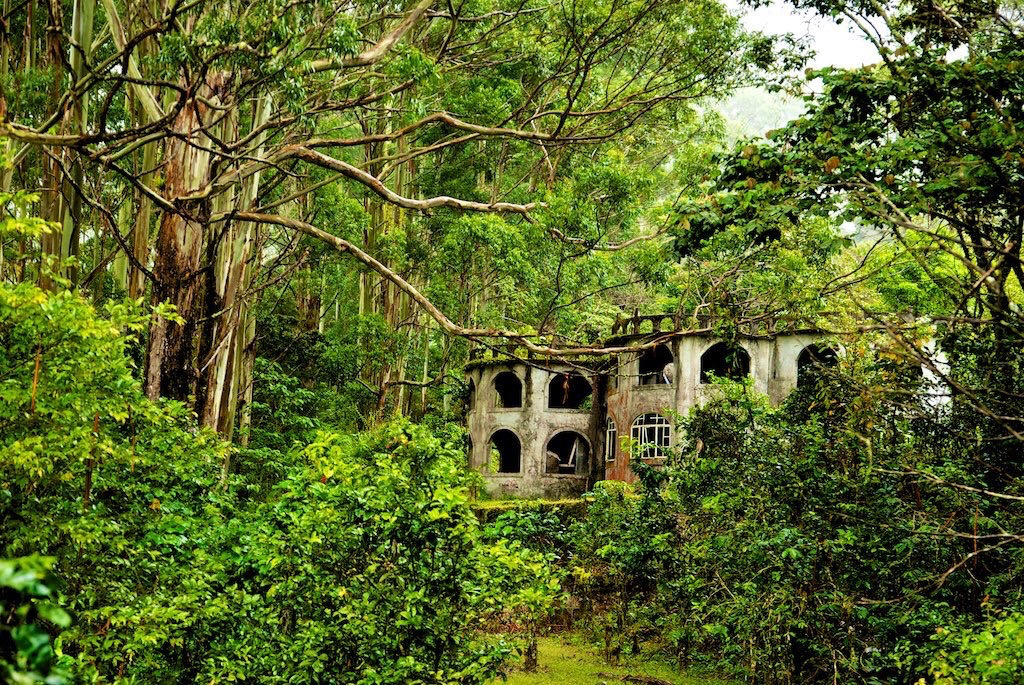

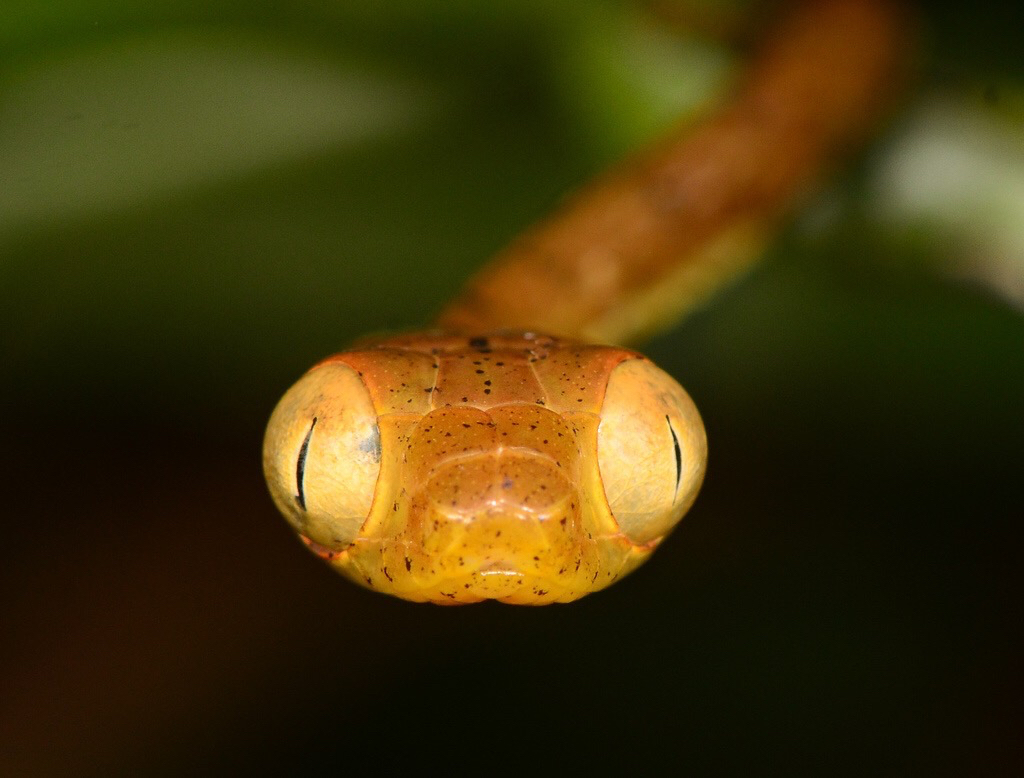
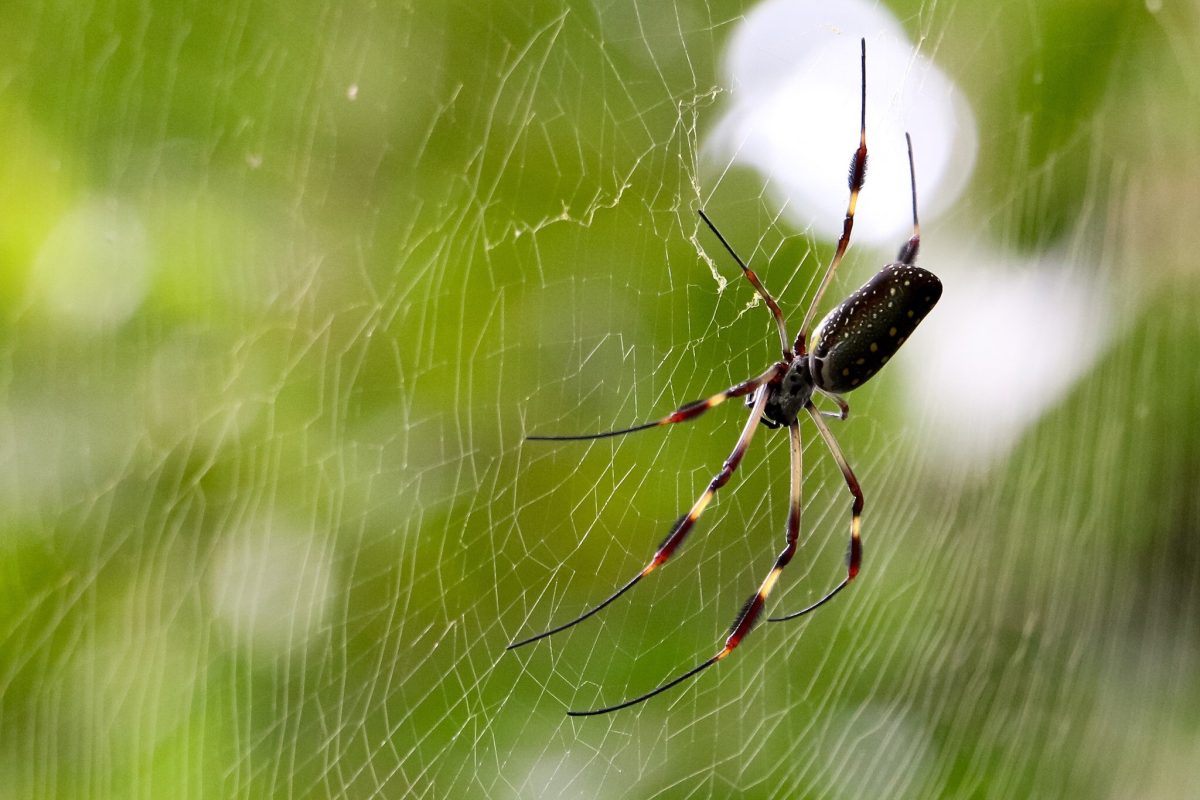


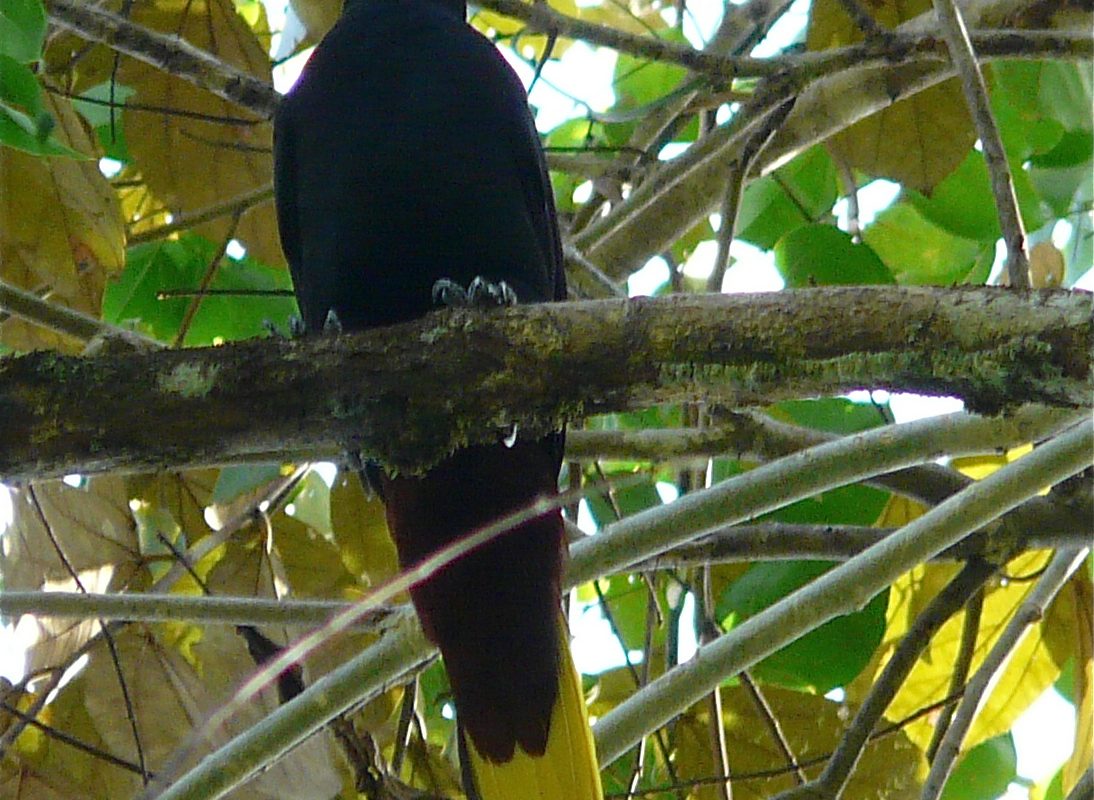
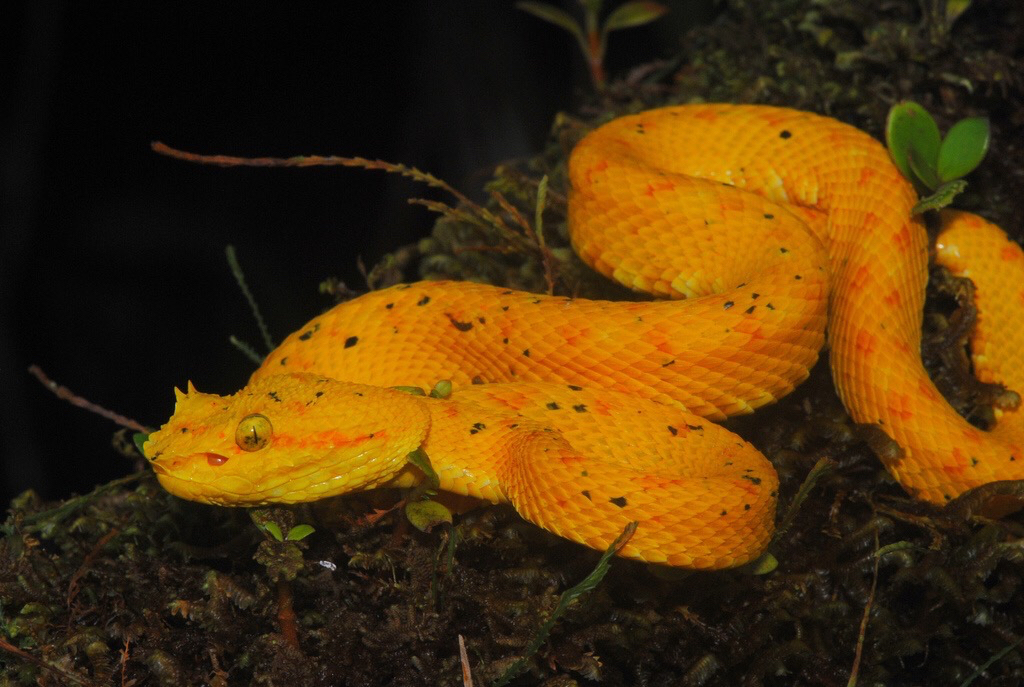
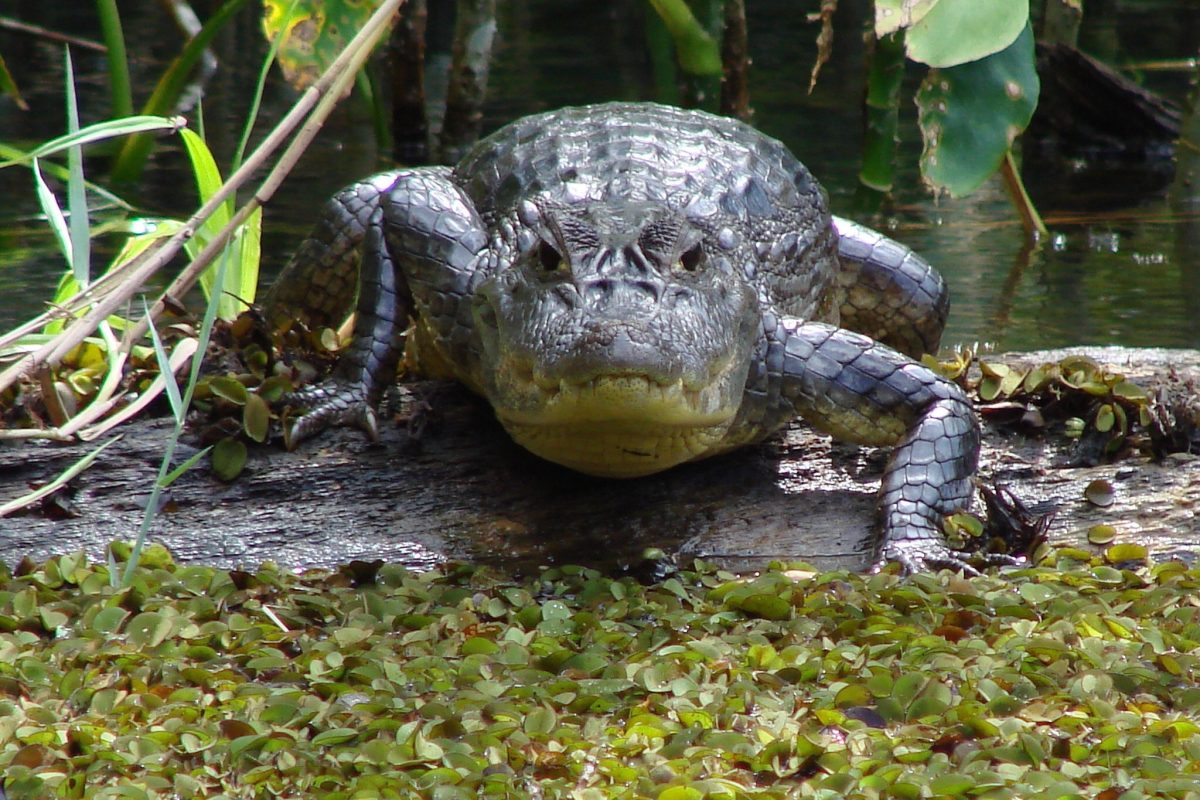

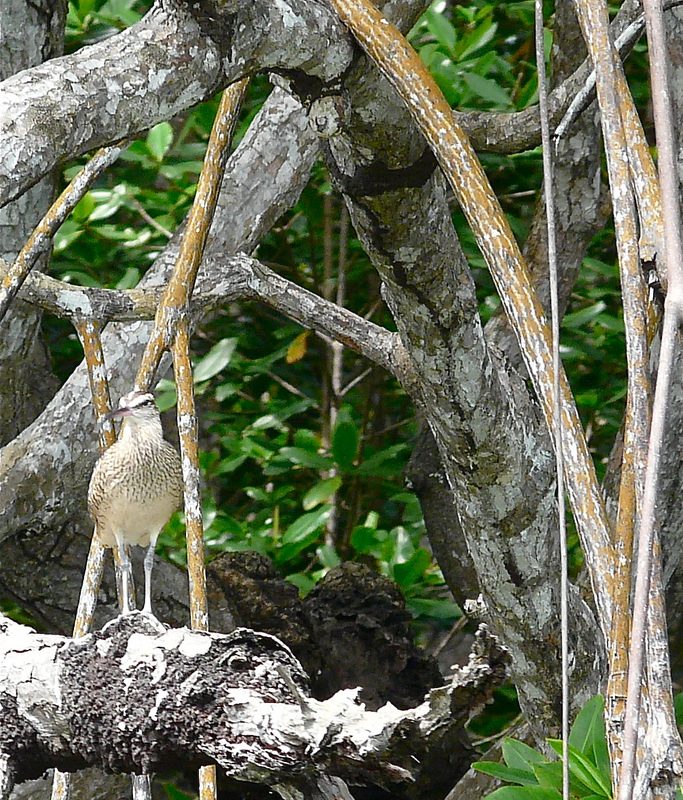

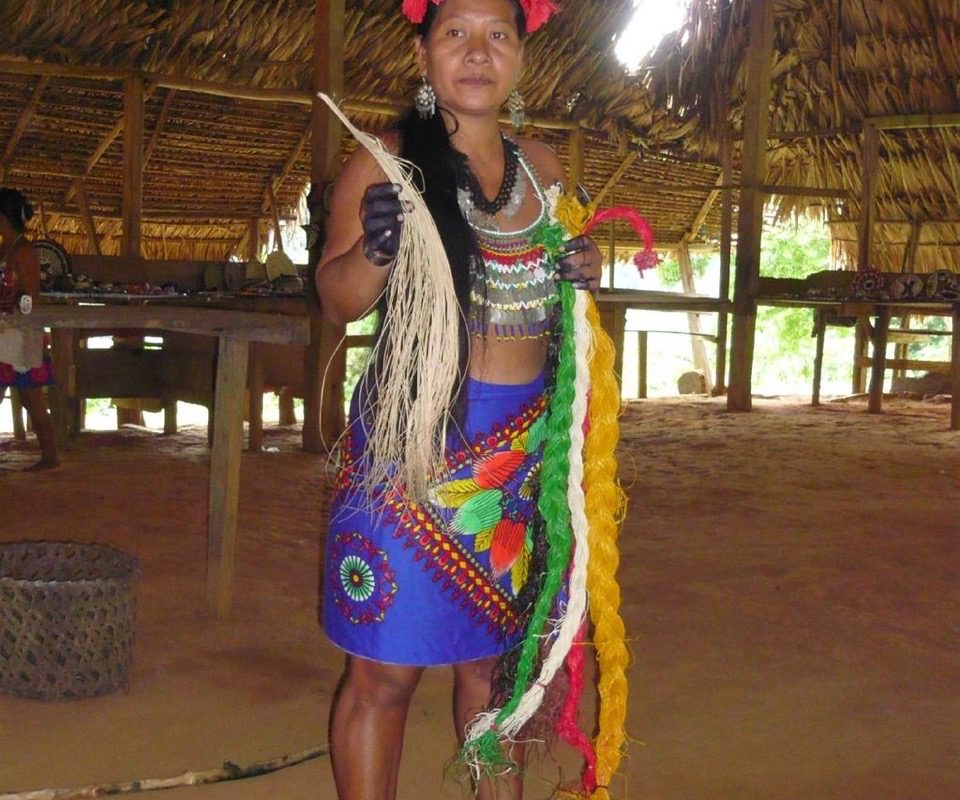
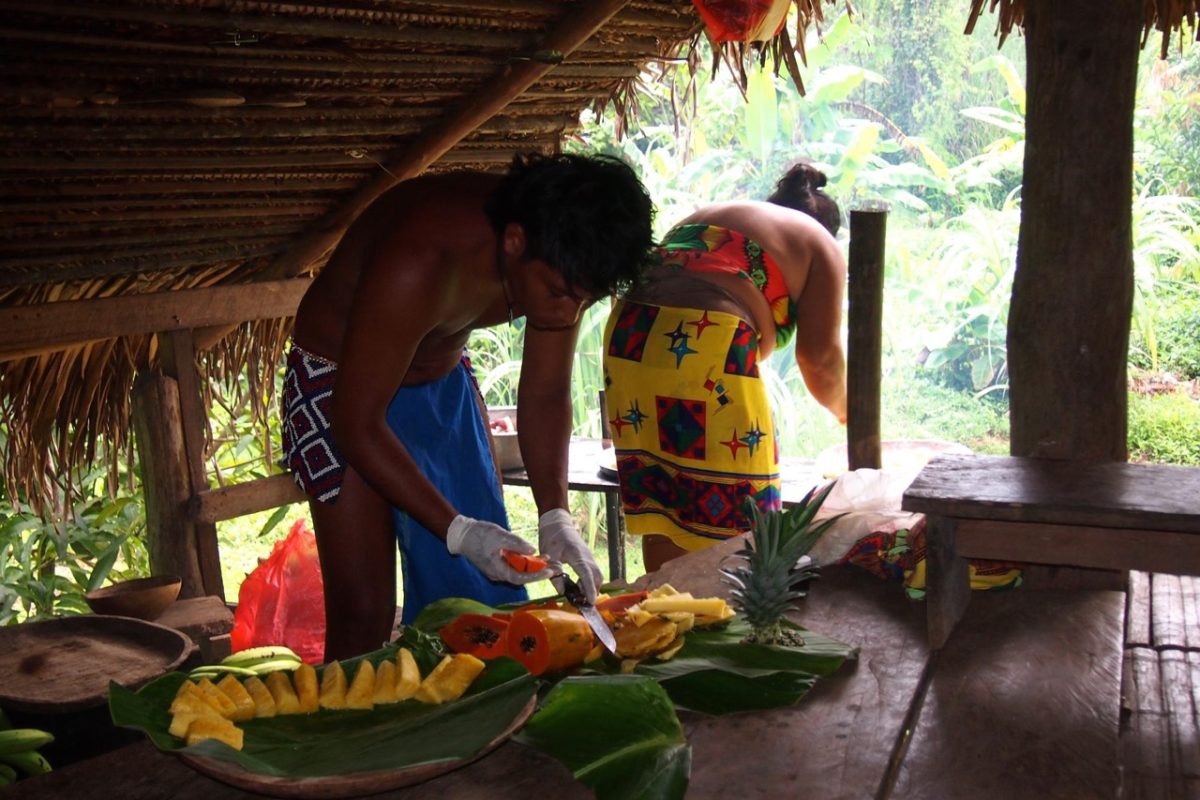
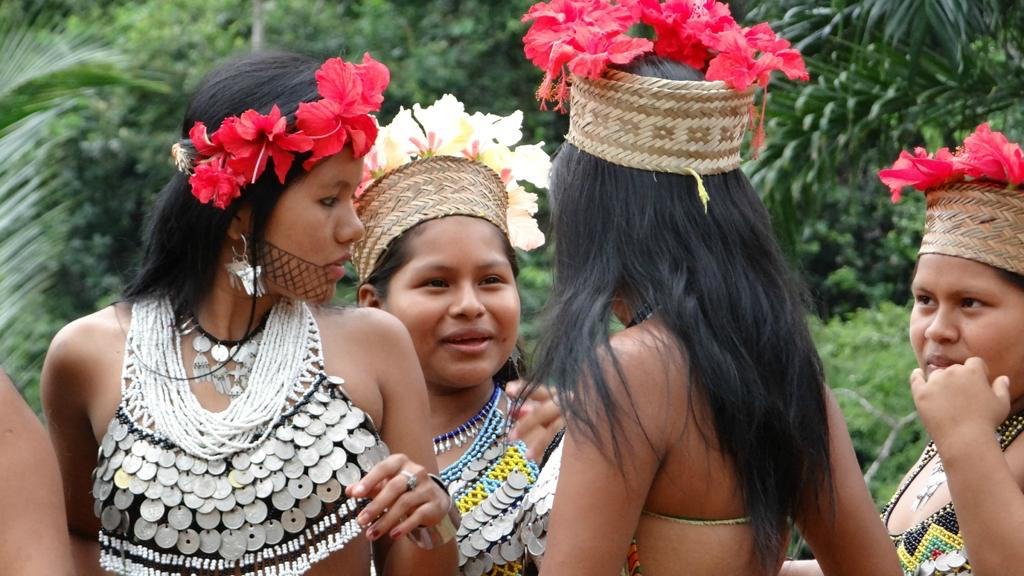
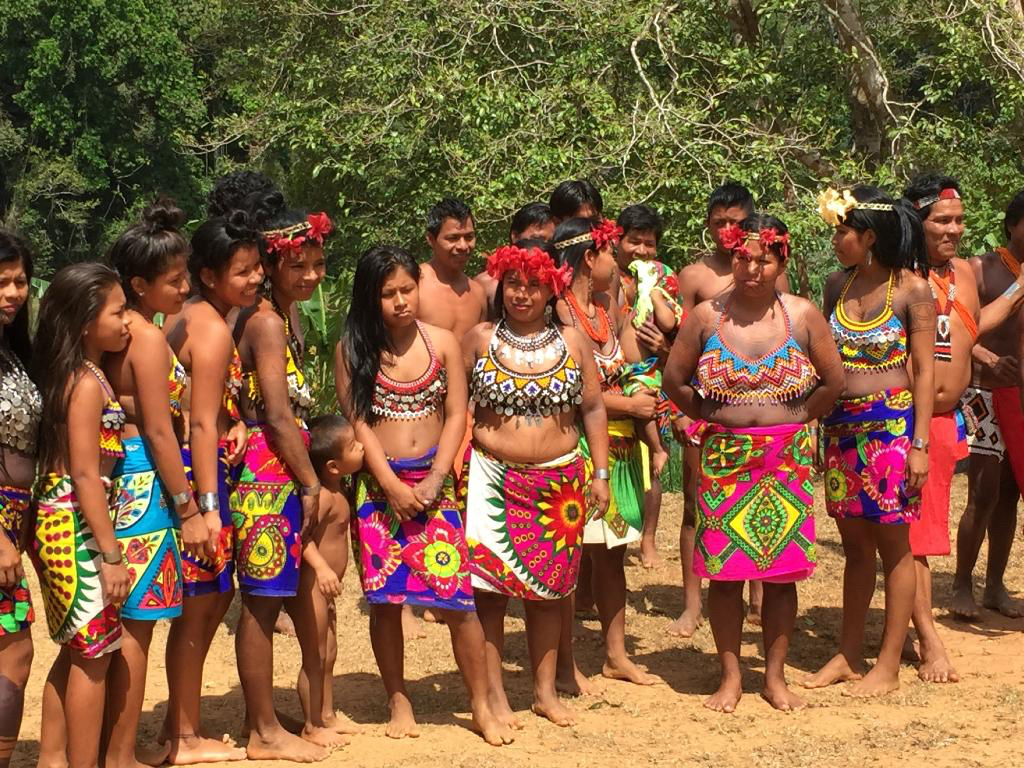



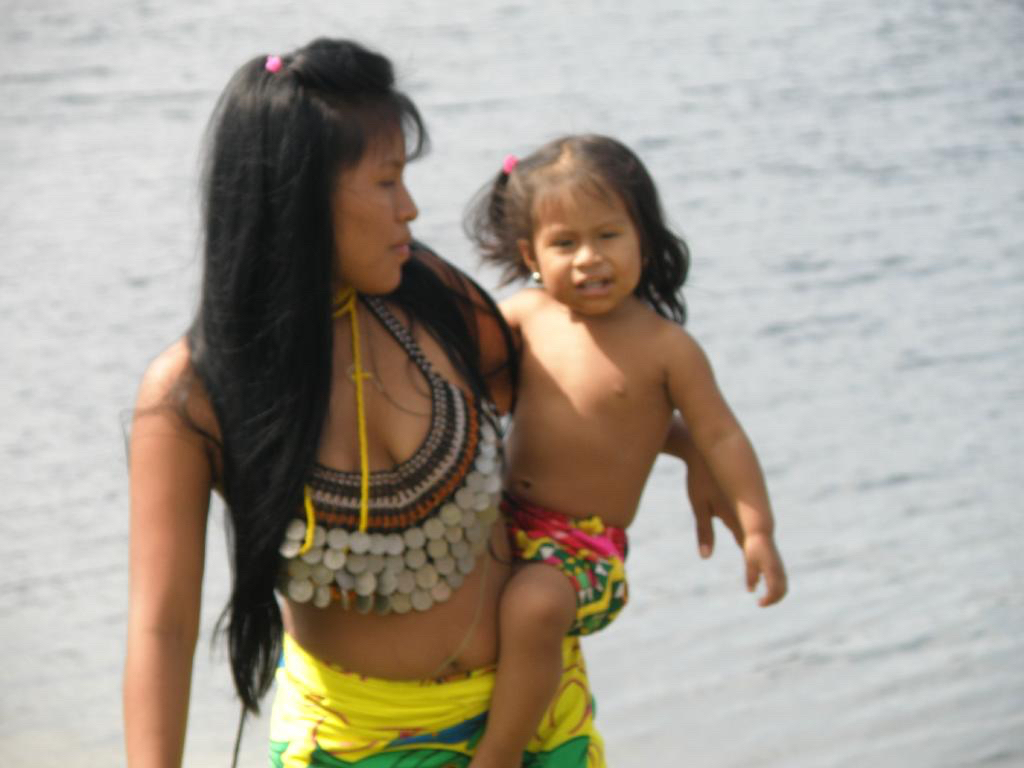
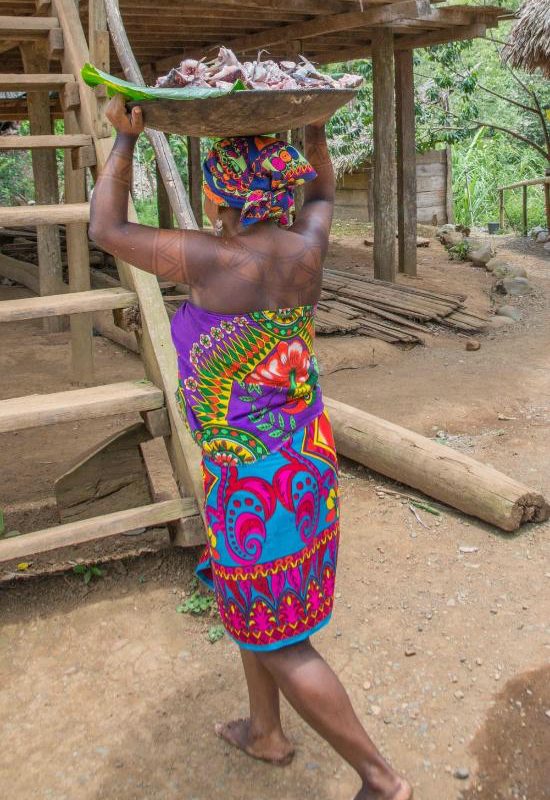
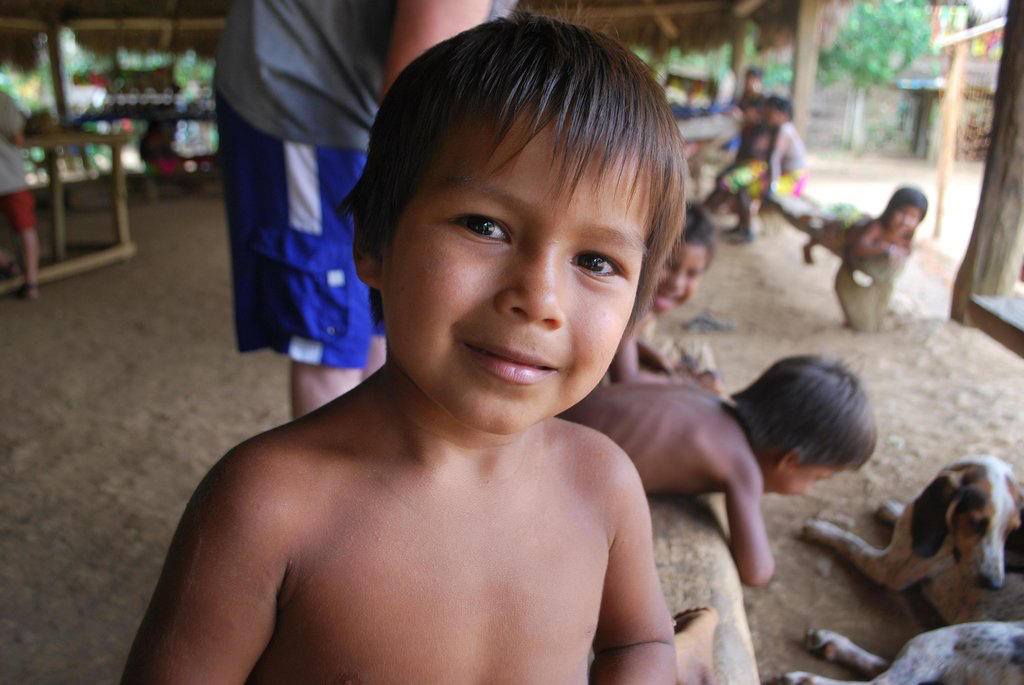
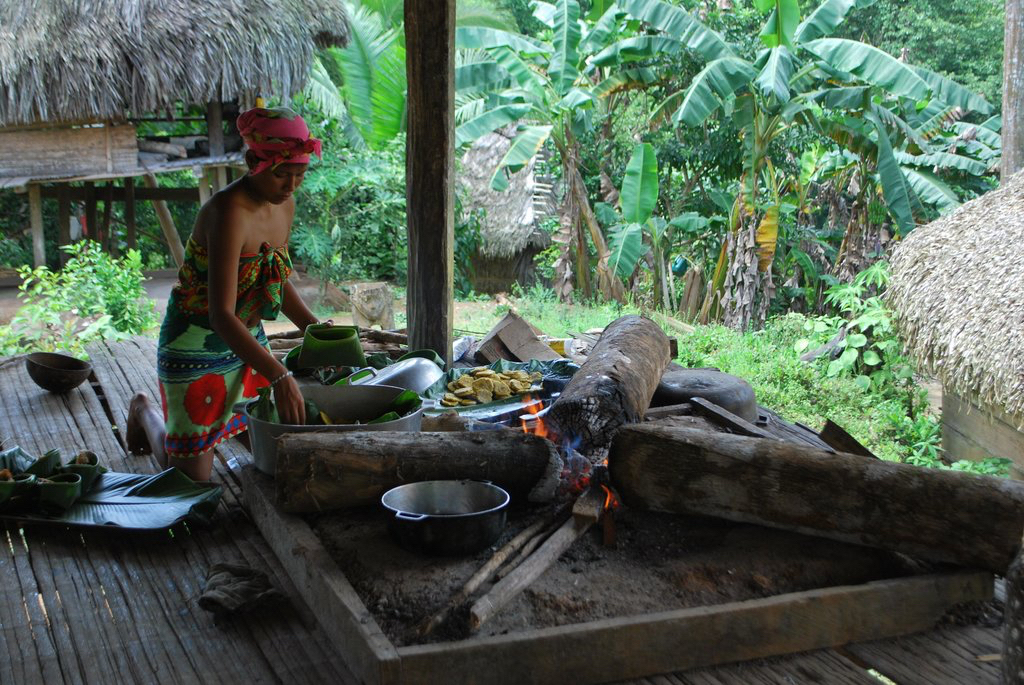


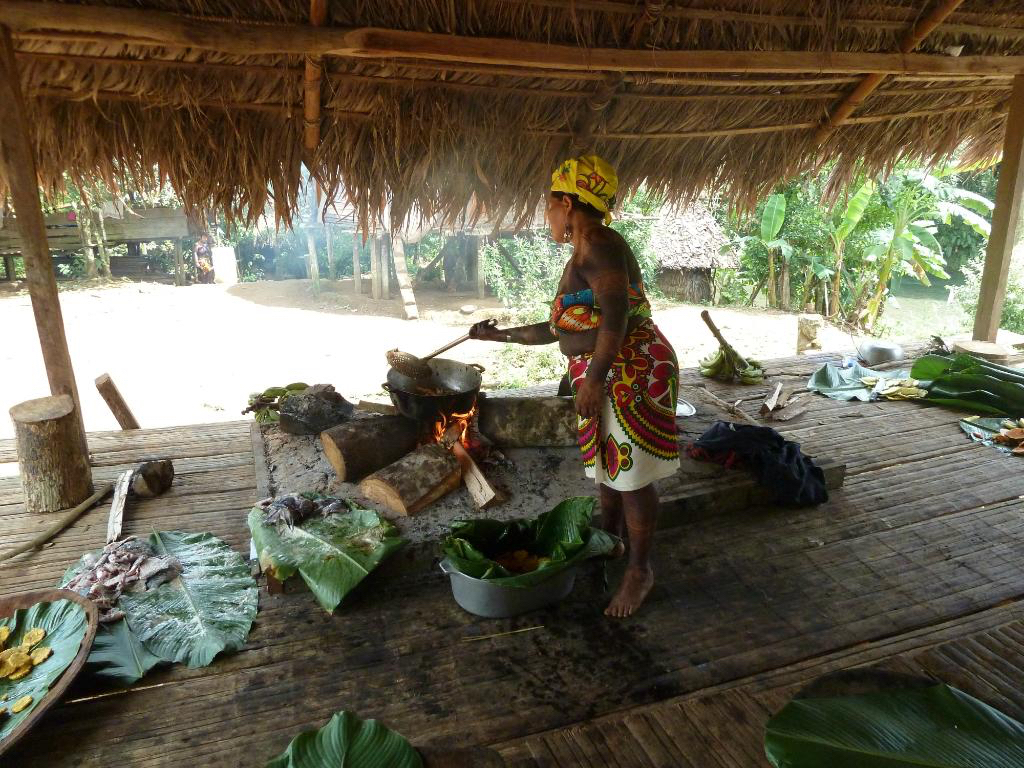



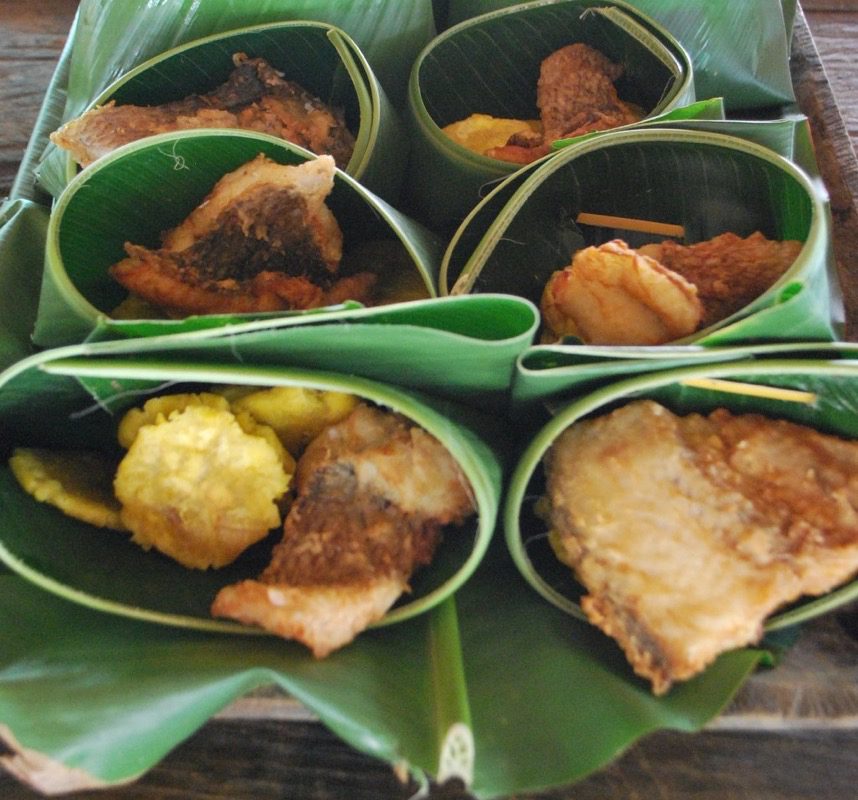





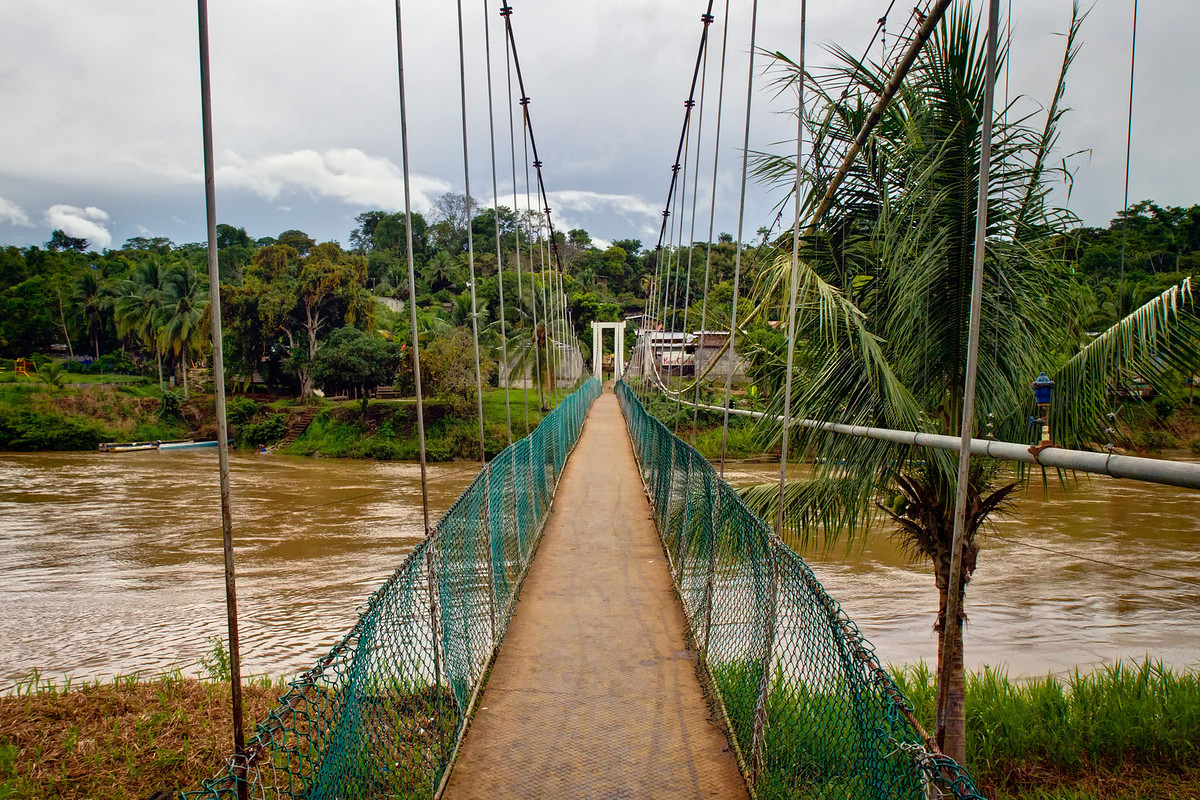
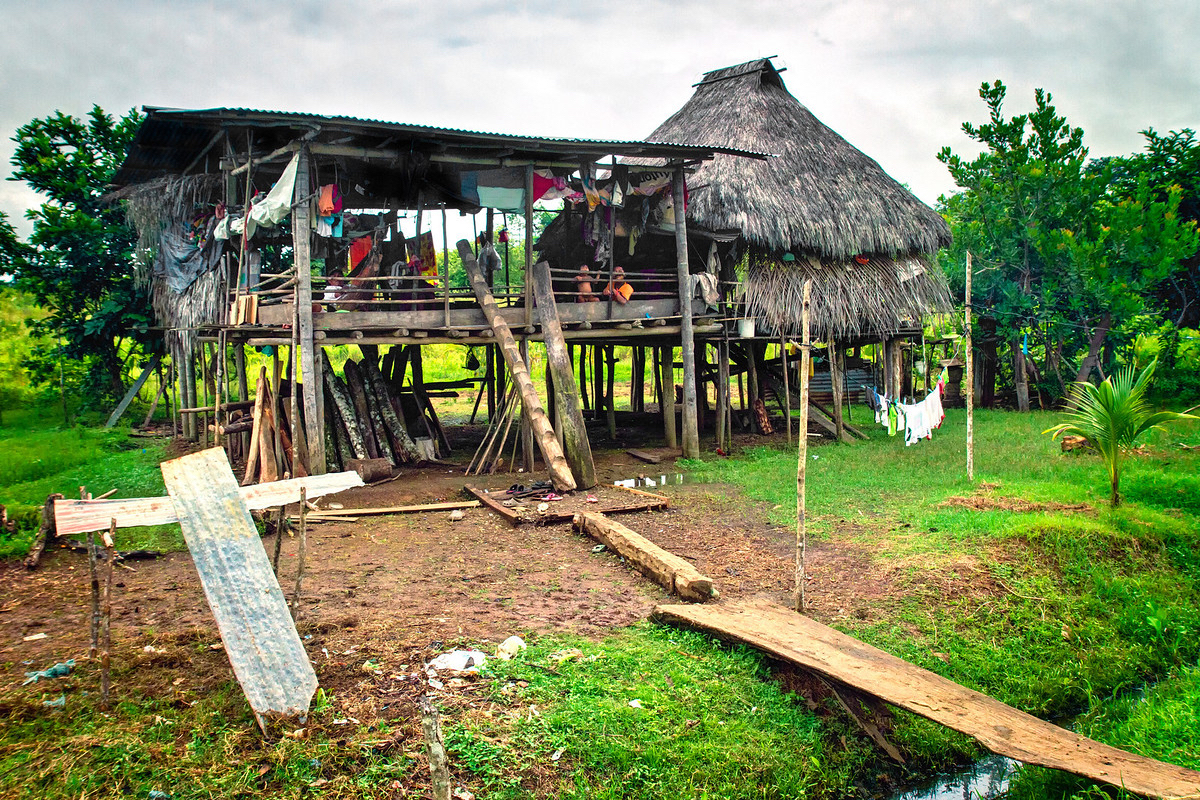
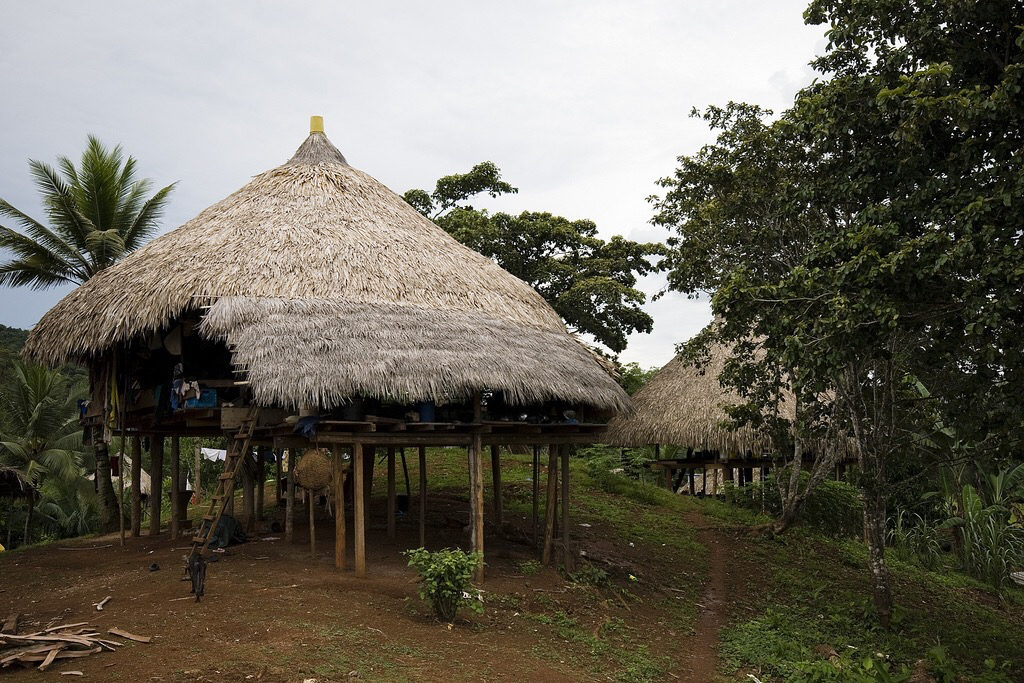
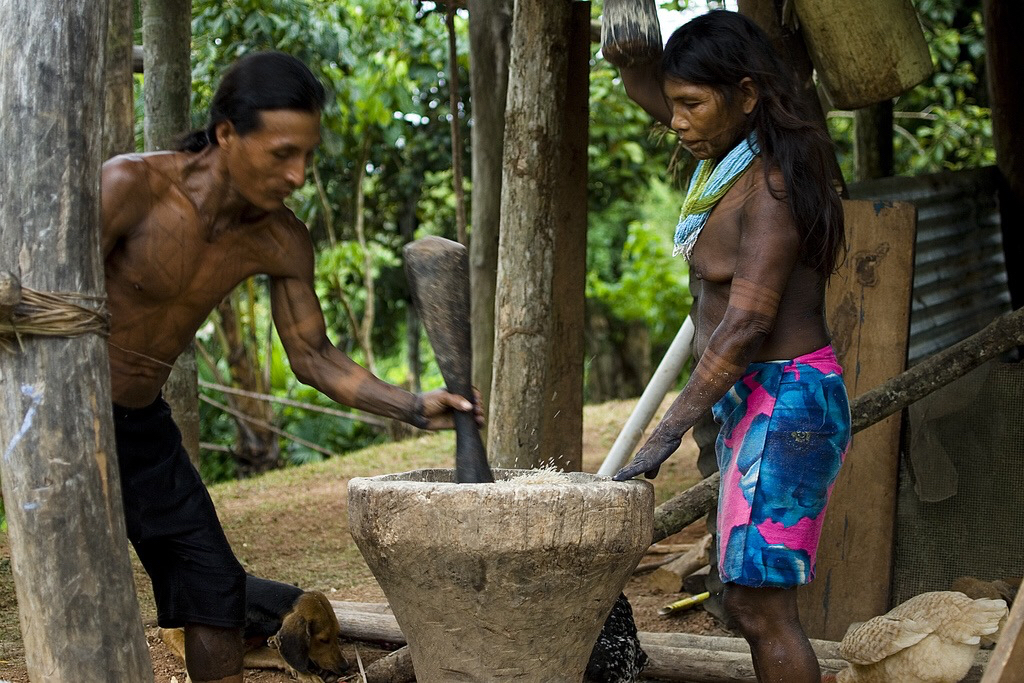






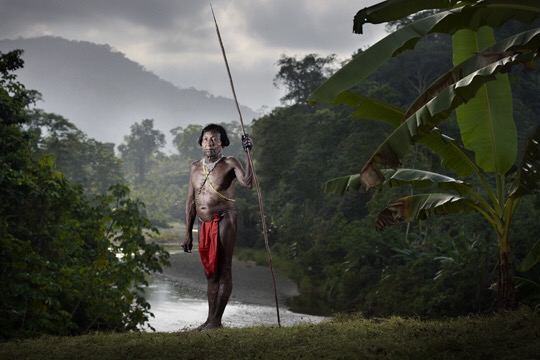
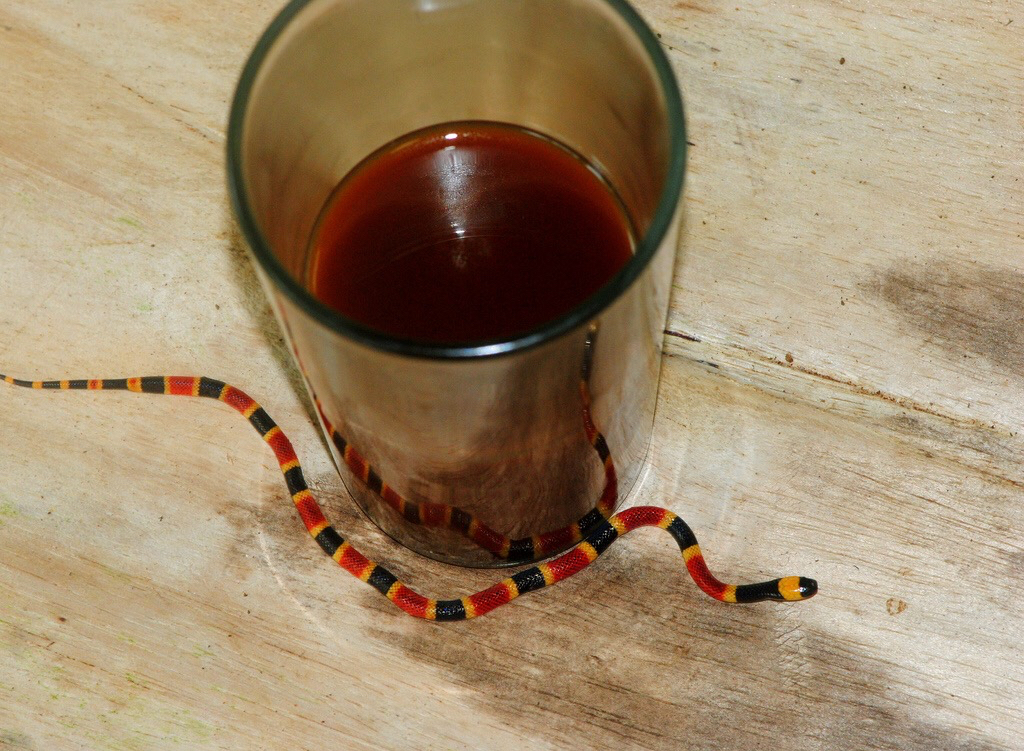
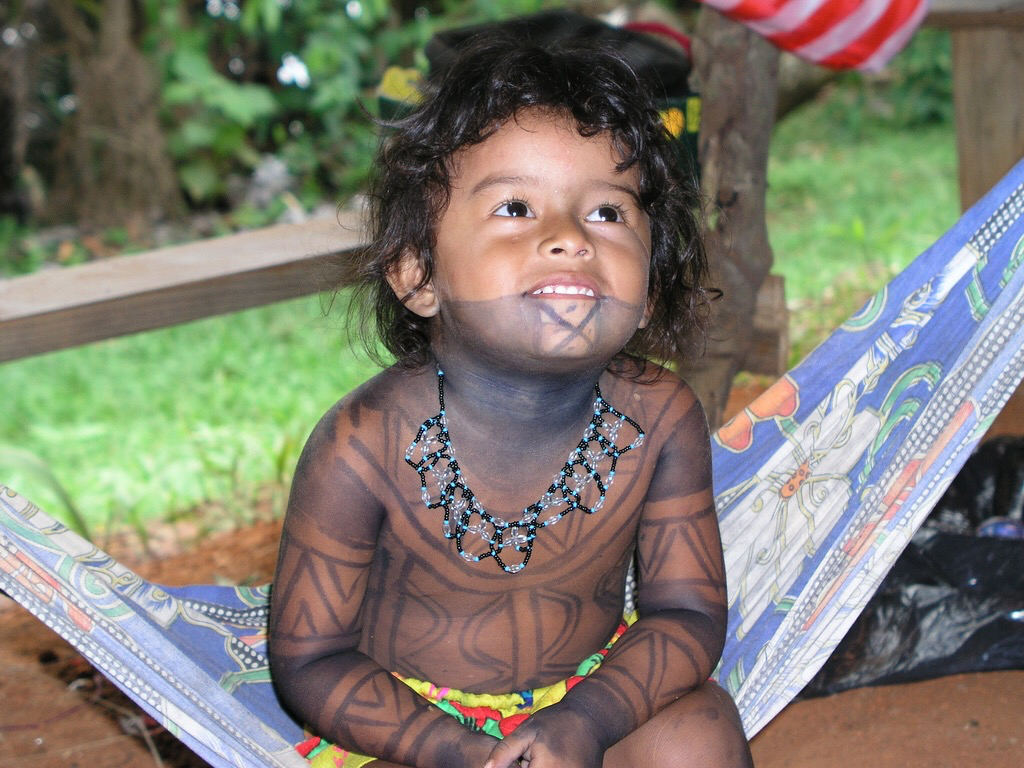
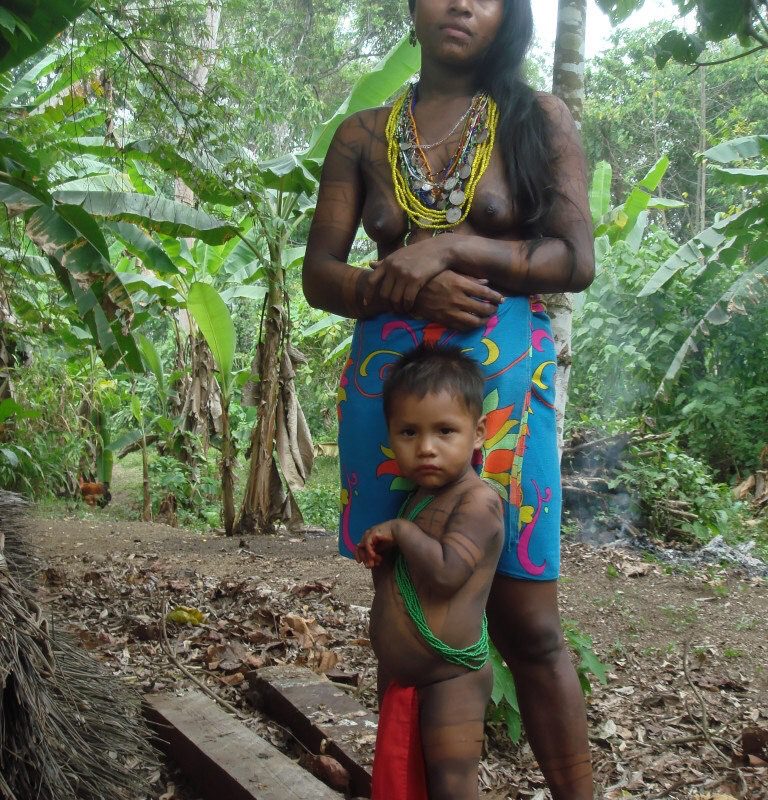
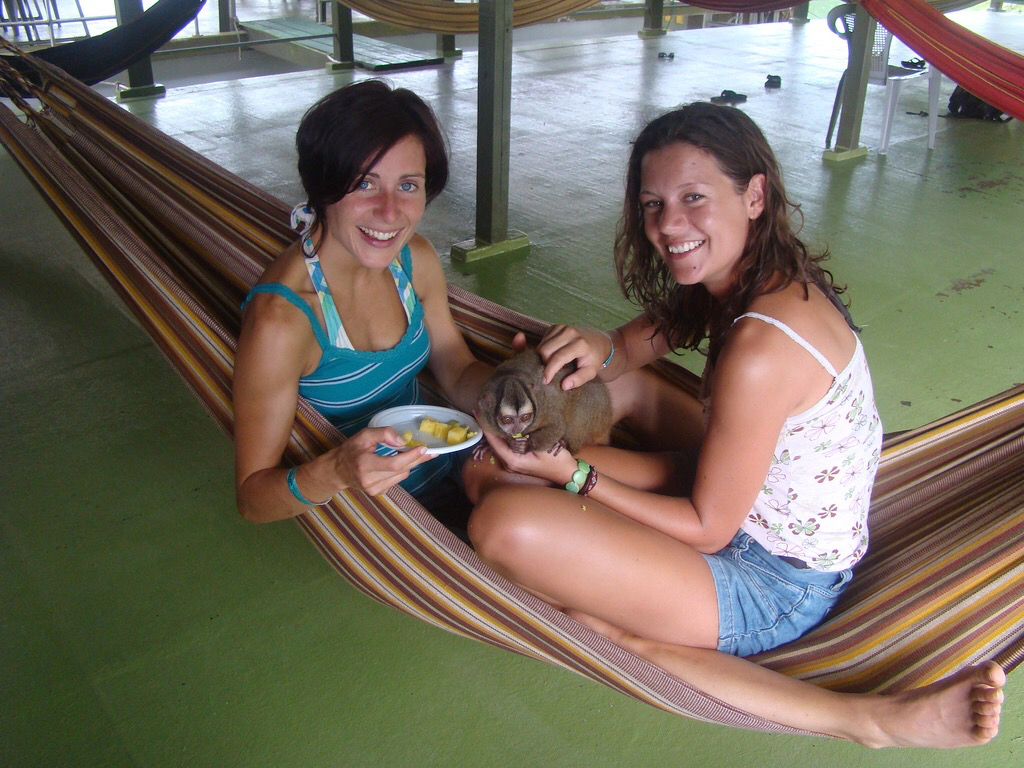

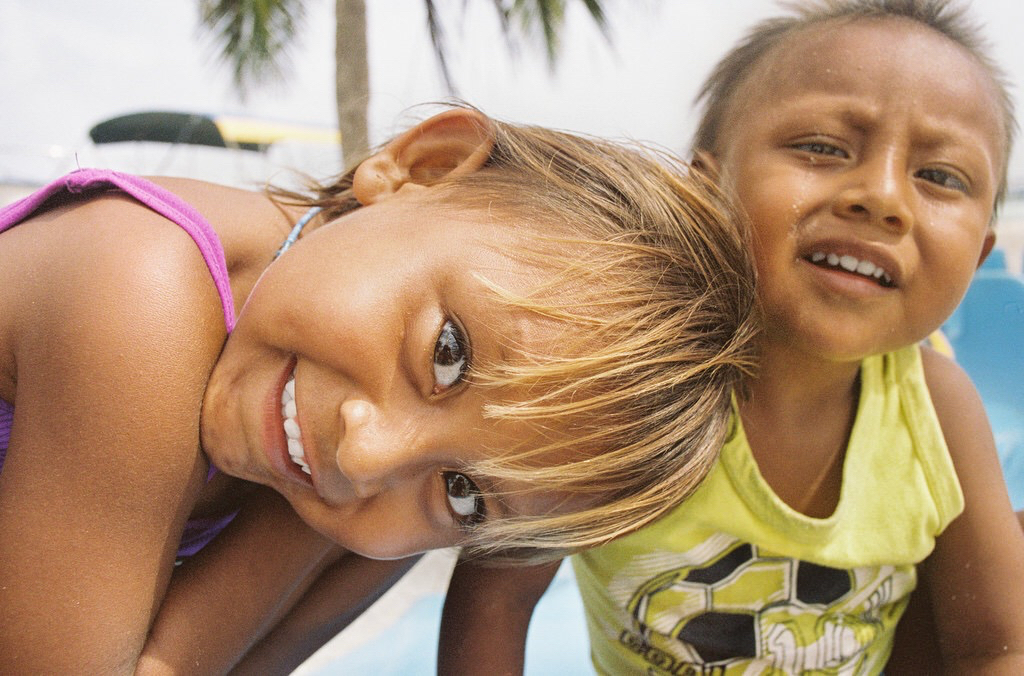

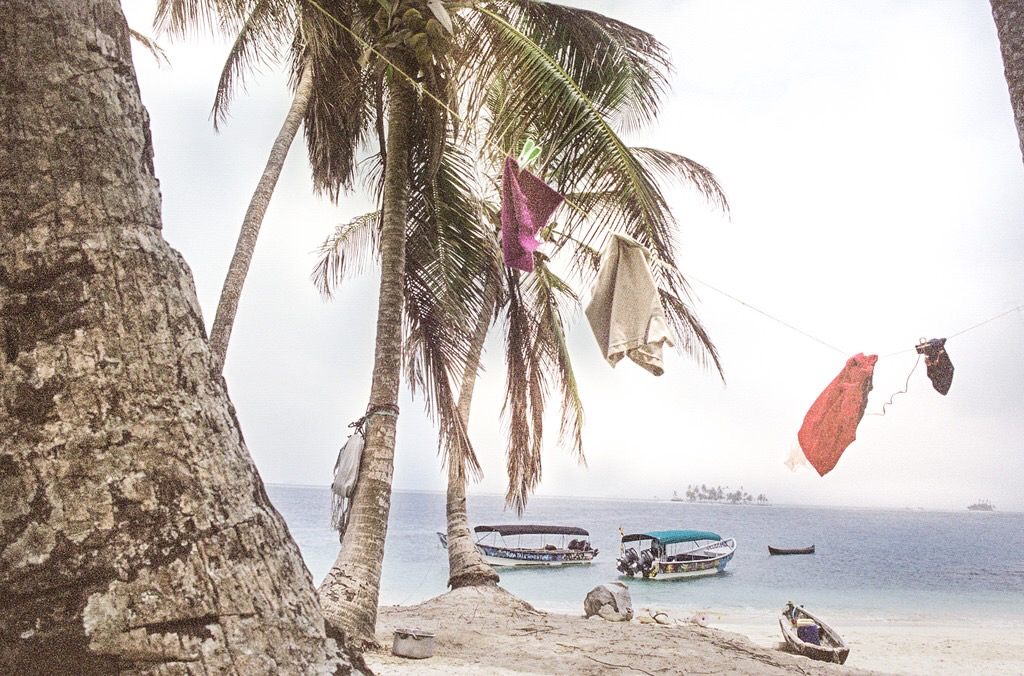


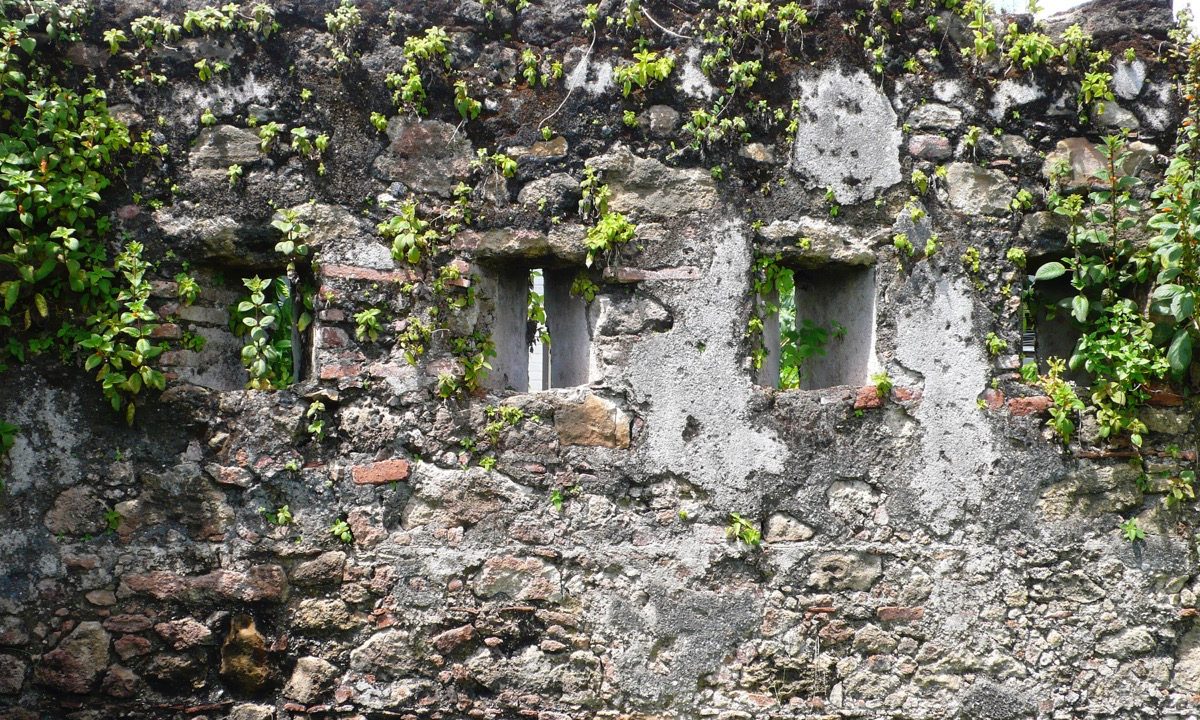
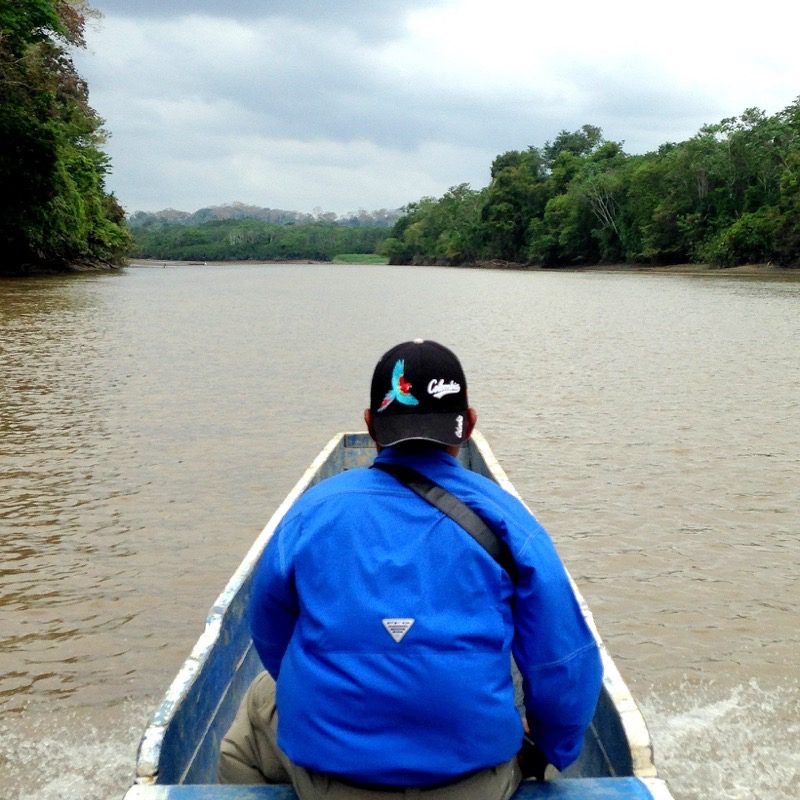
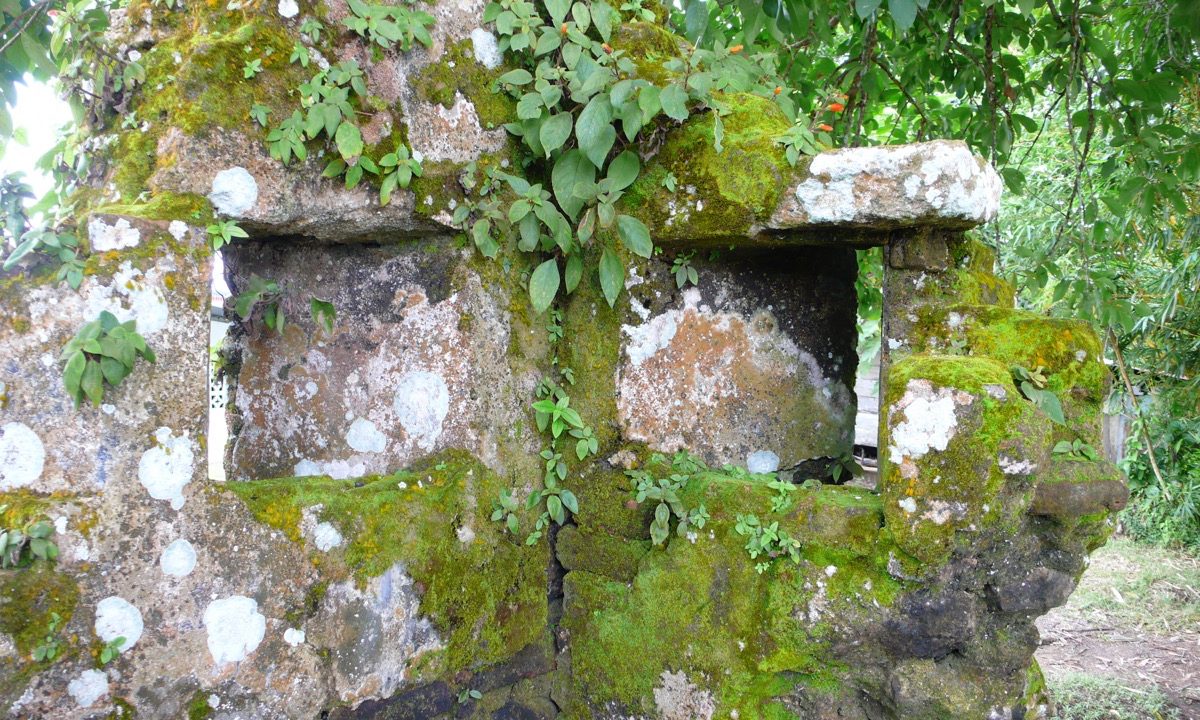
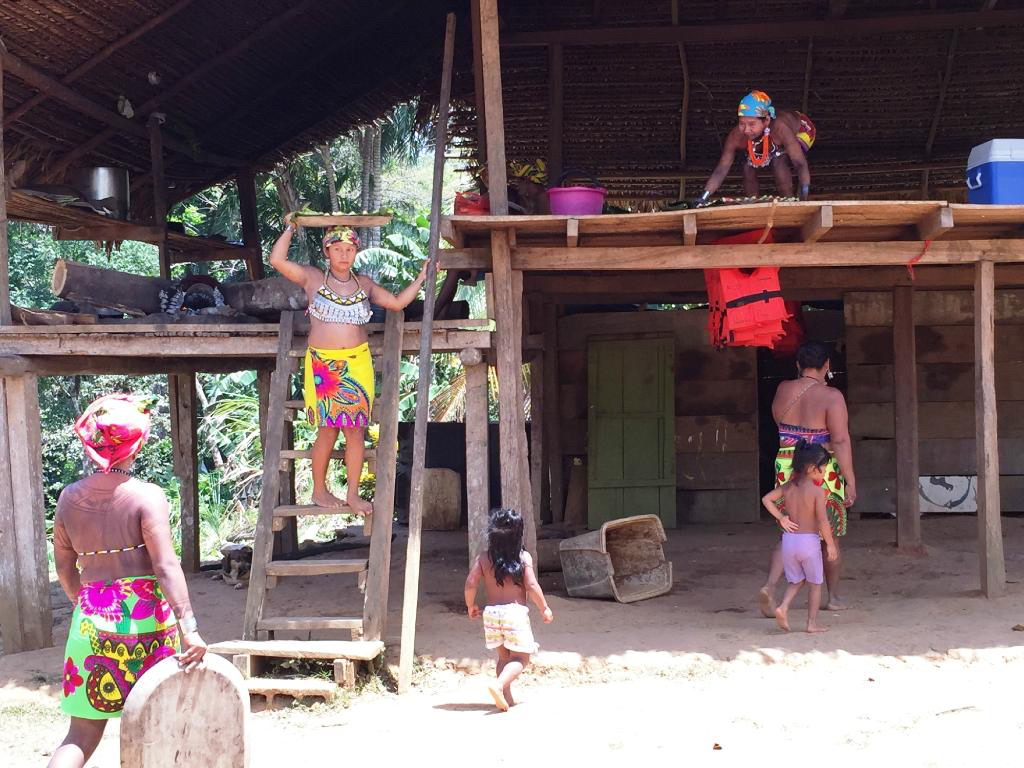
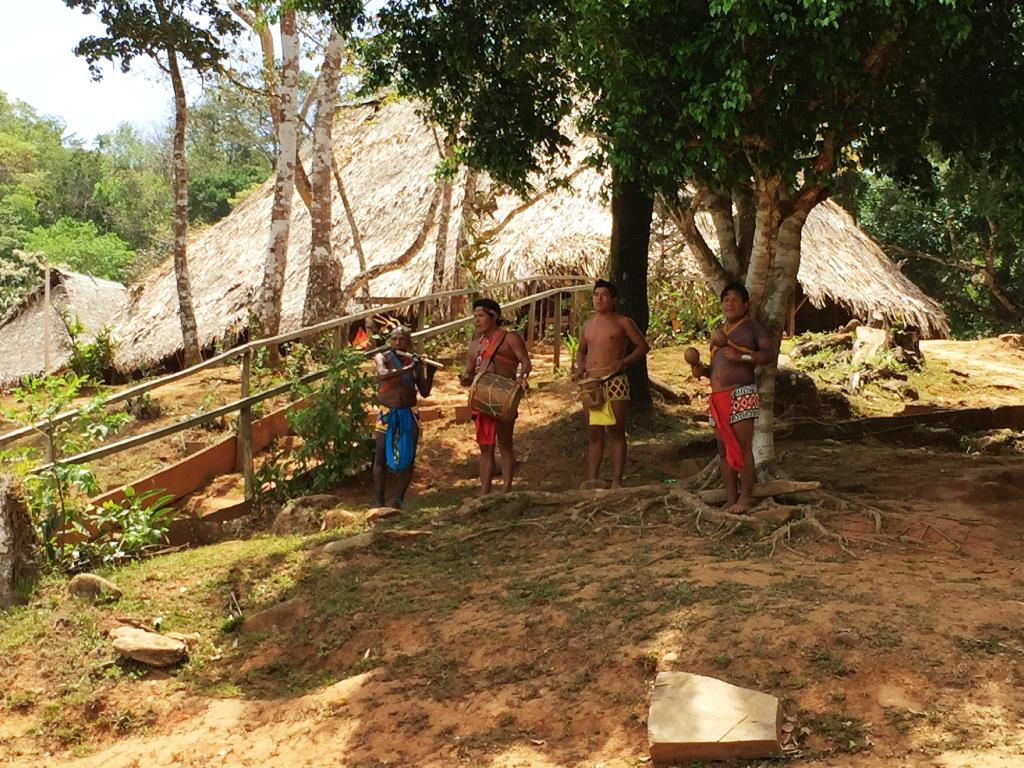
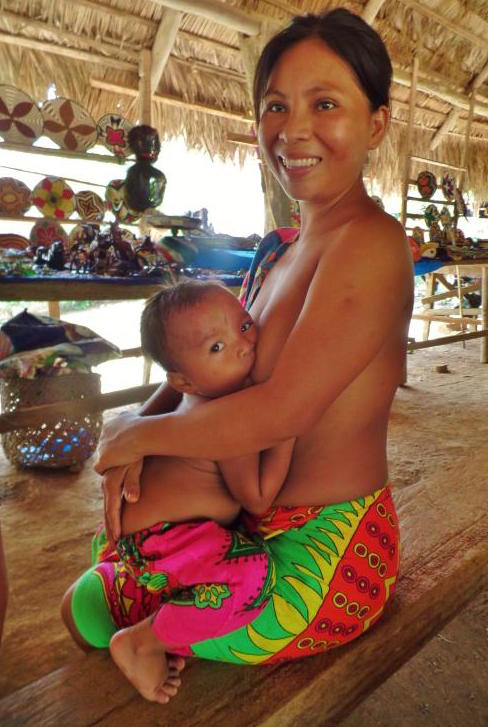


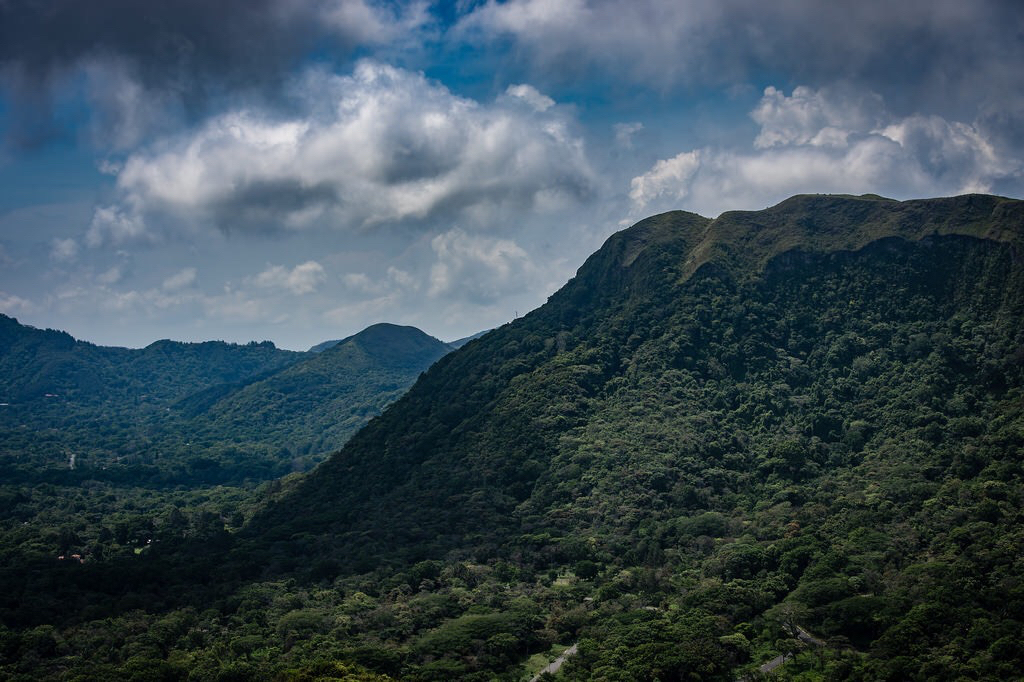
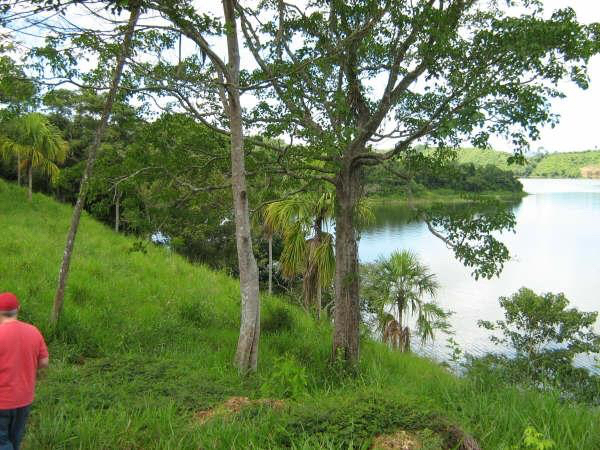
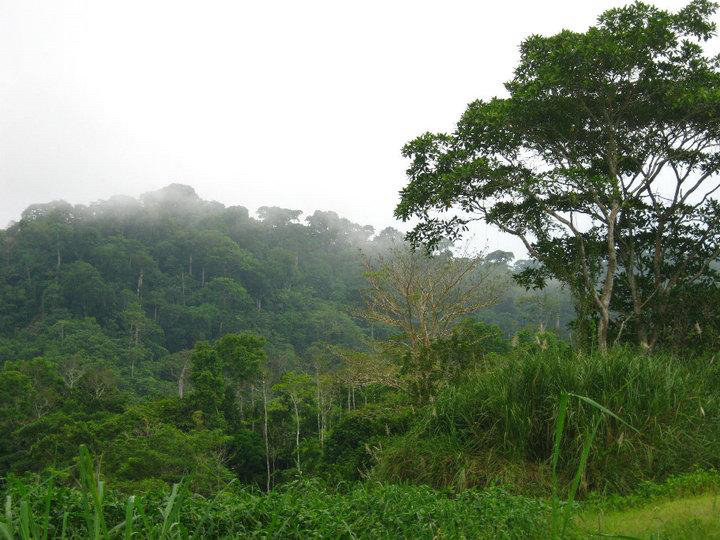

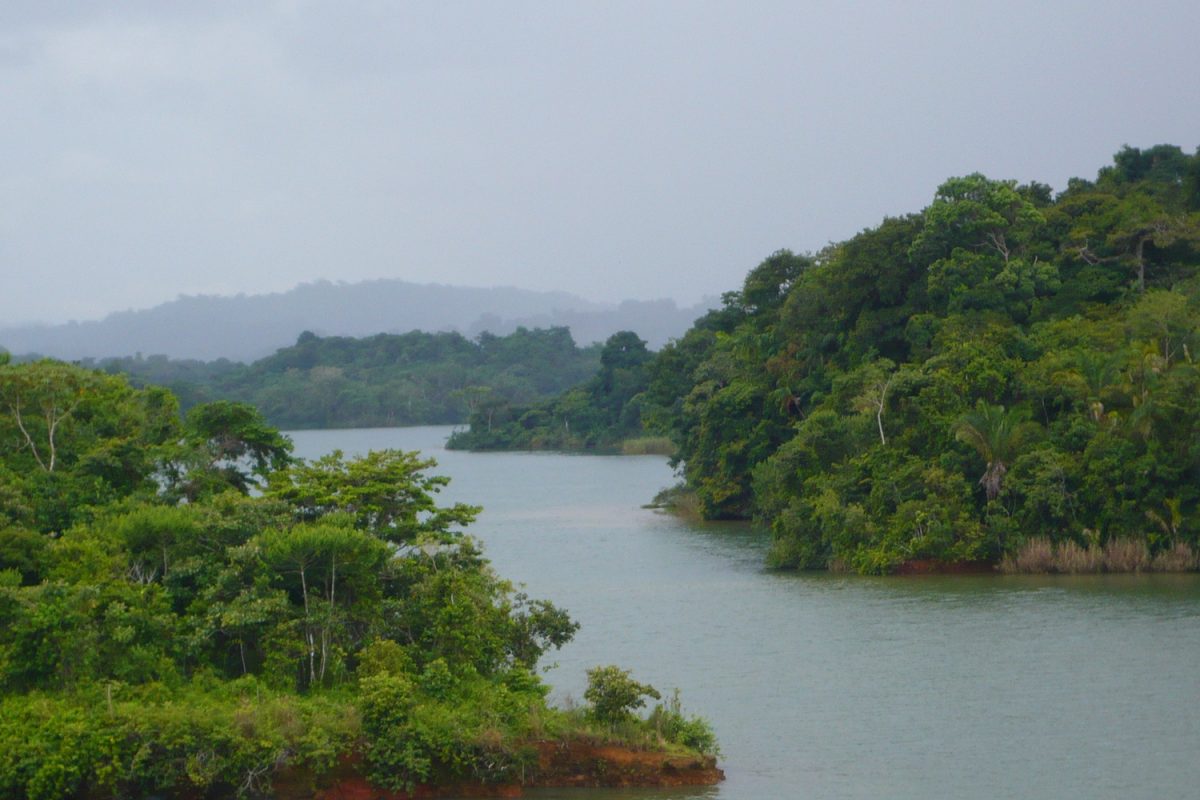

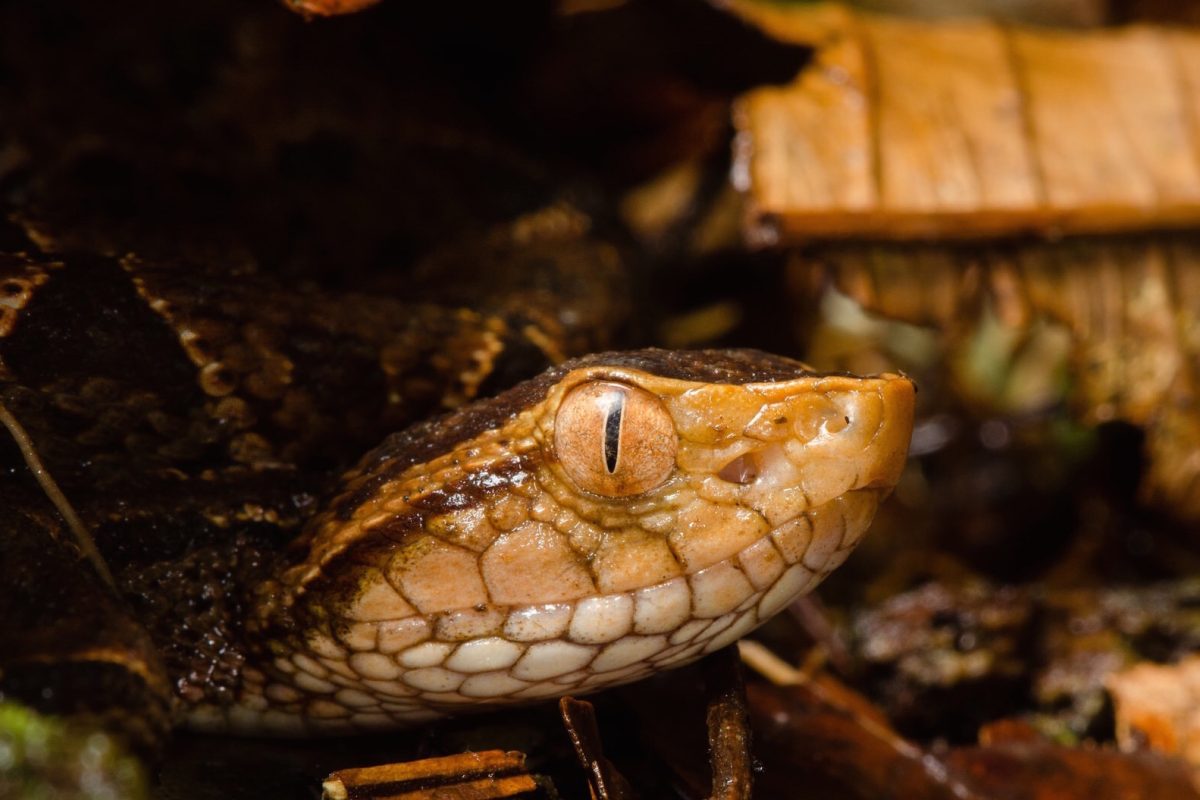


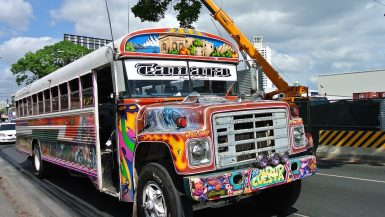
Leave a reply
You must be logged in to post a comment.